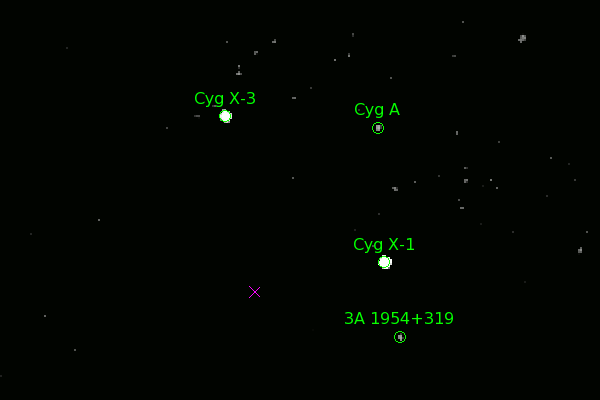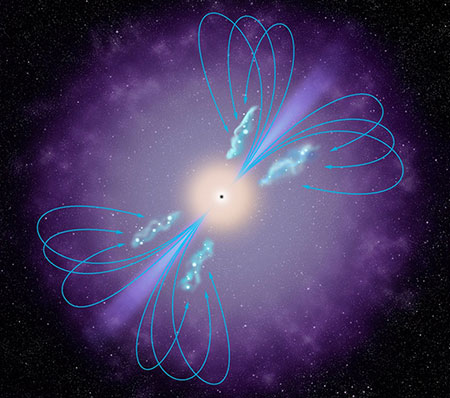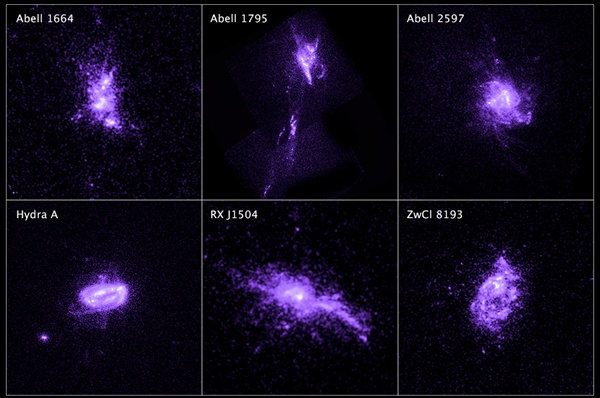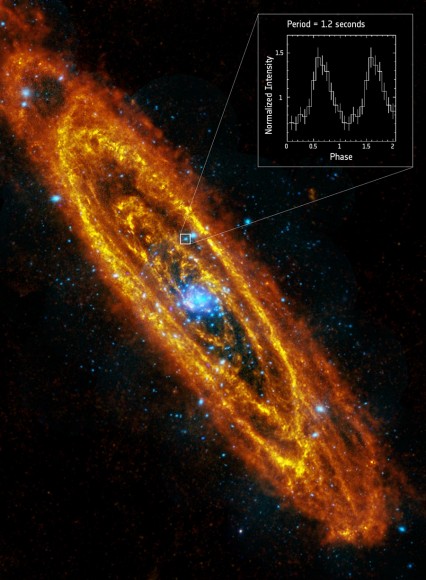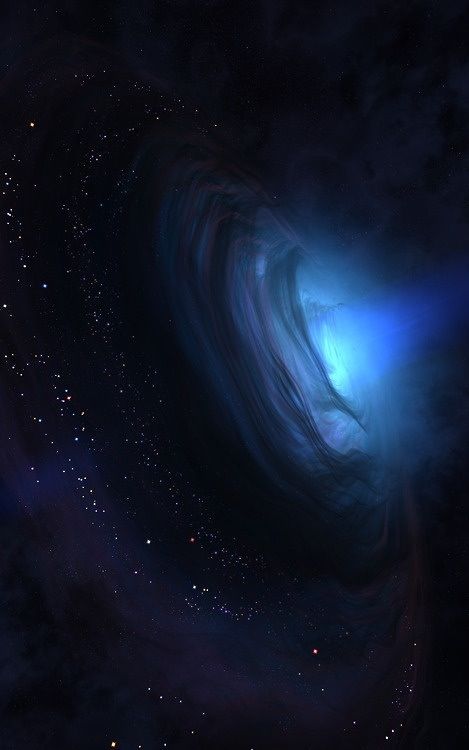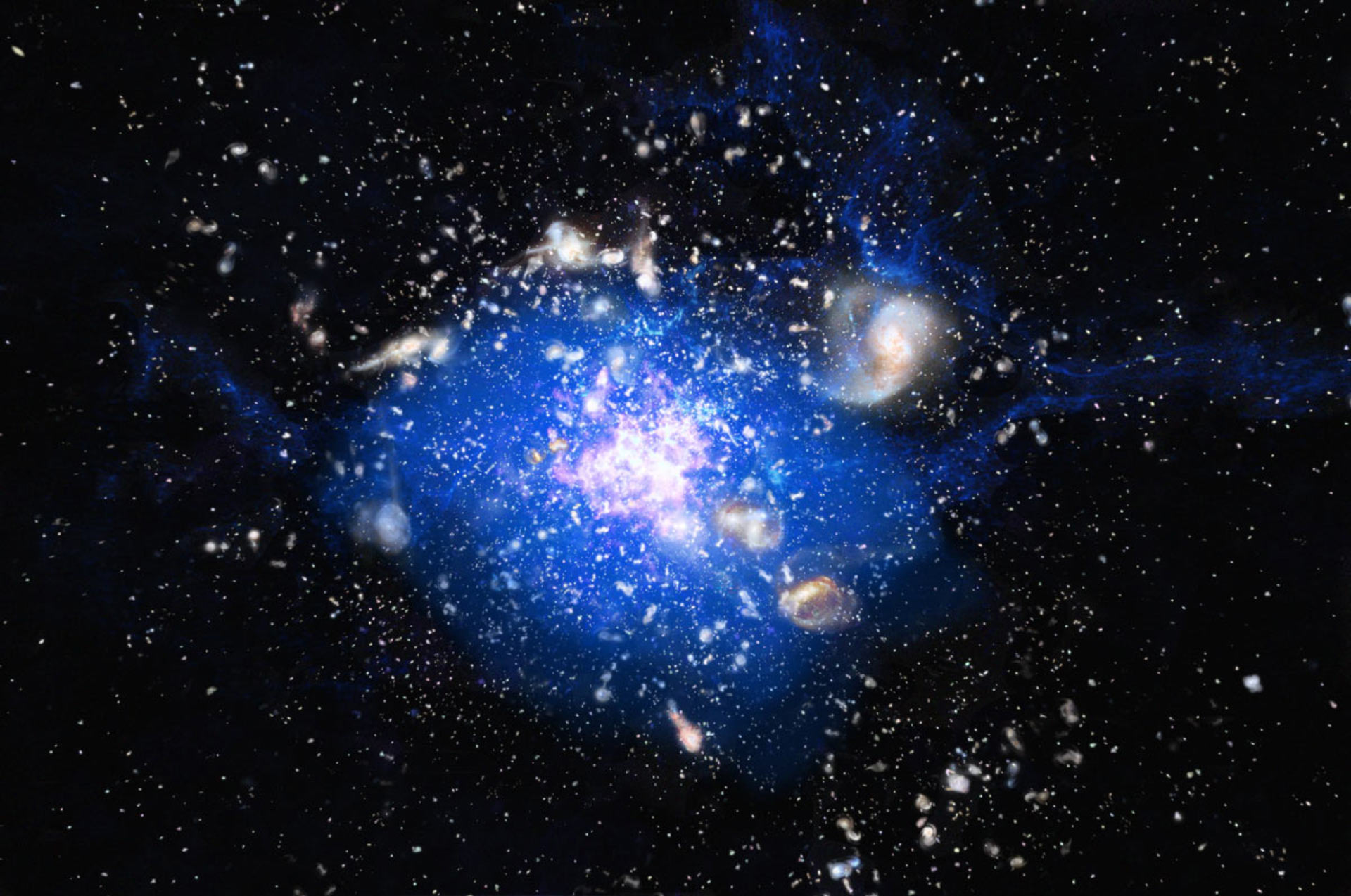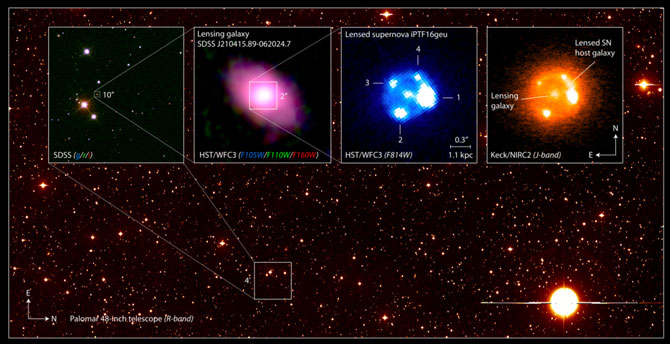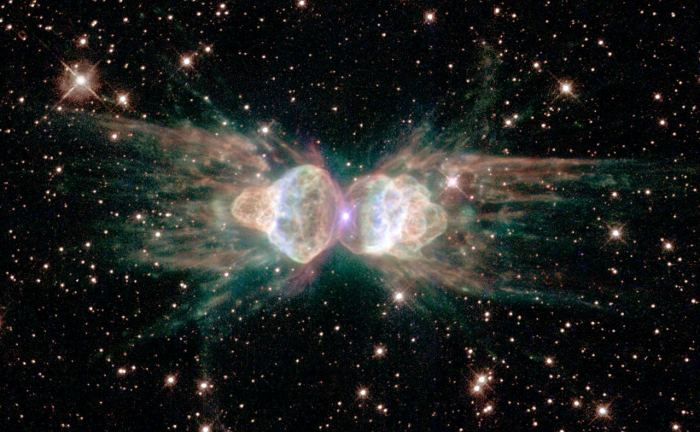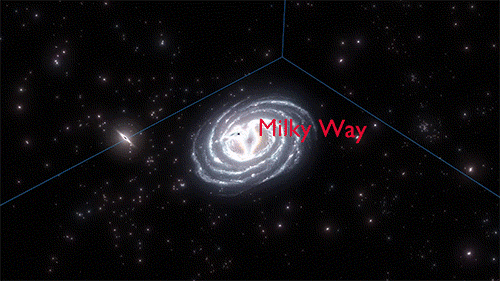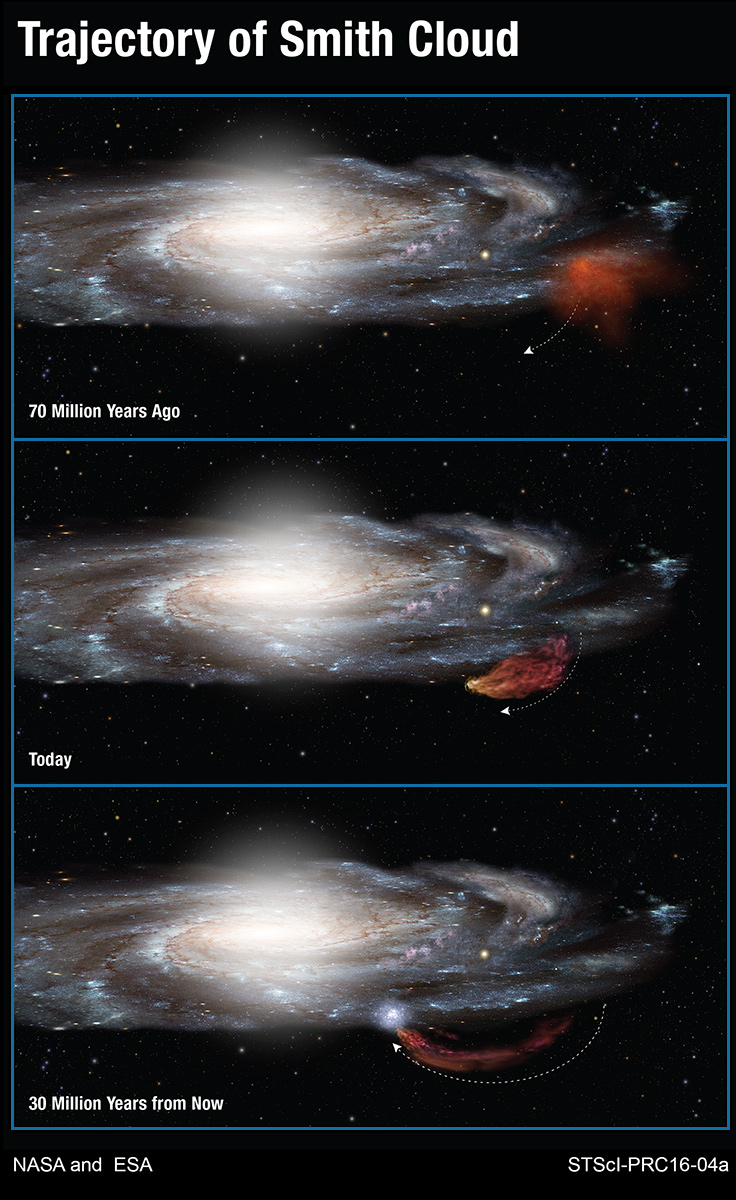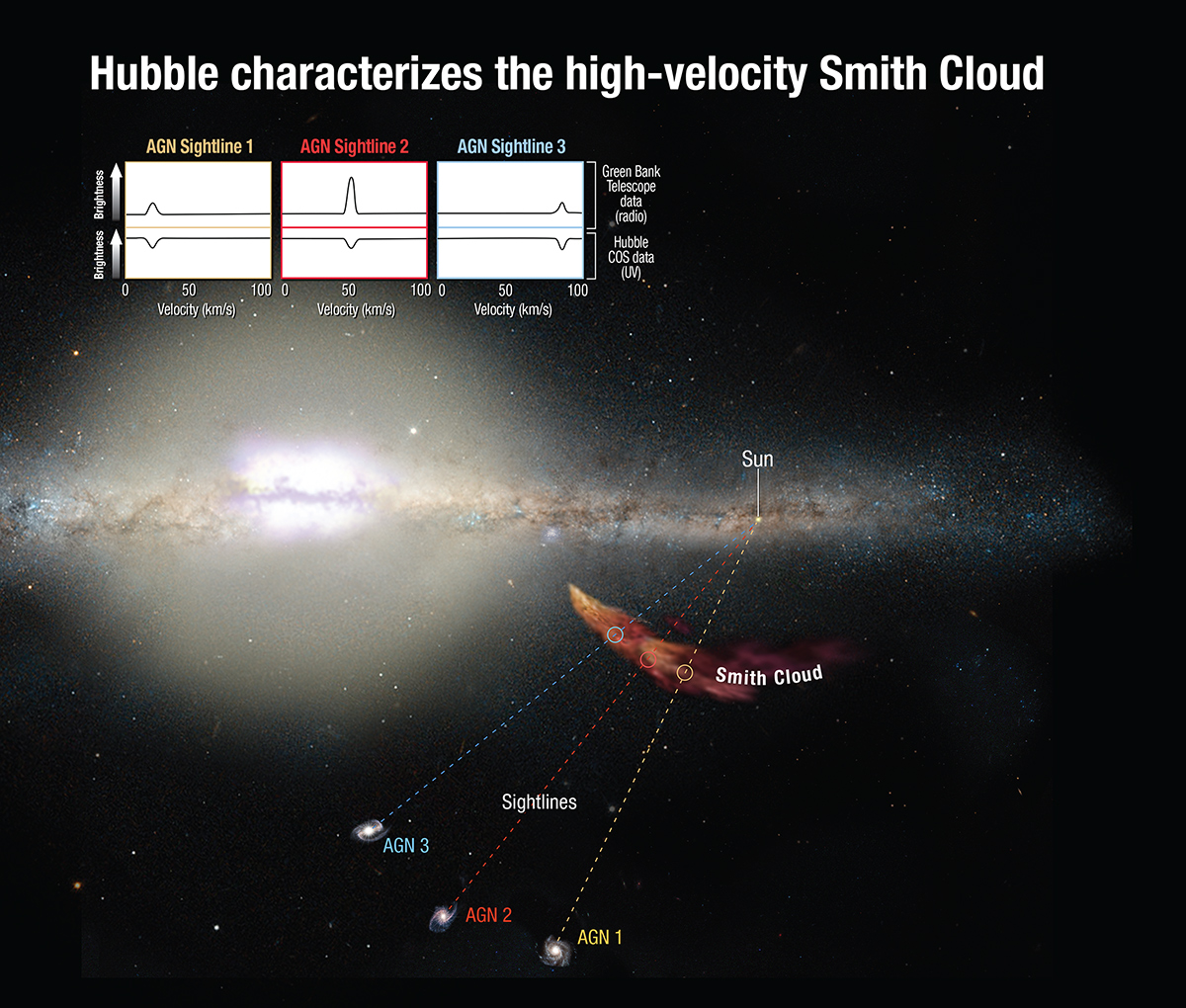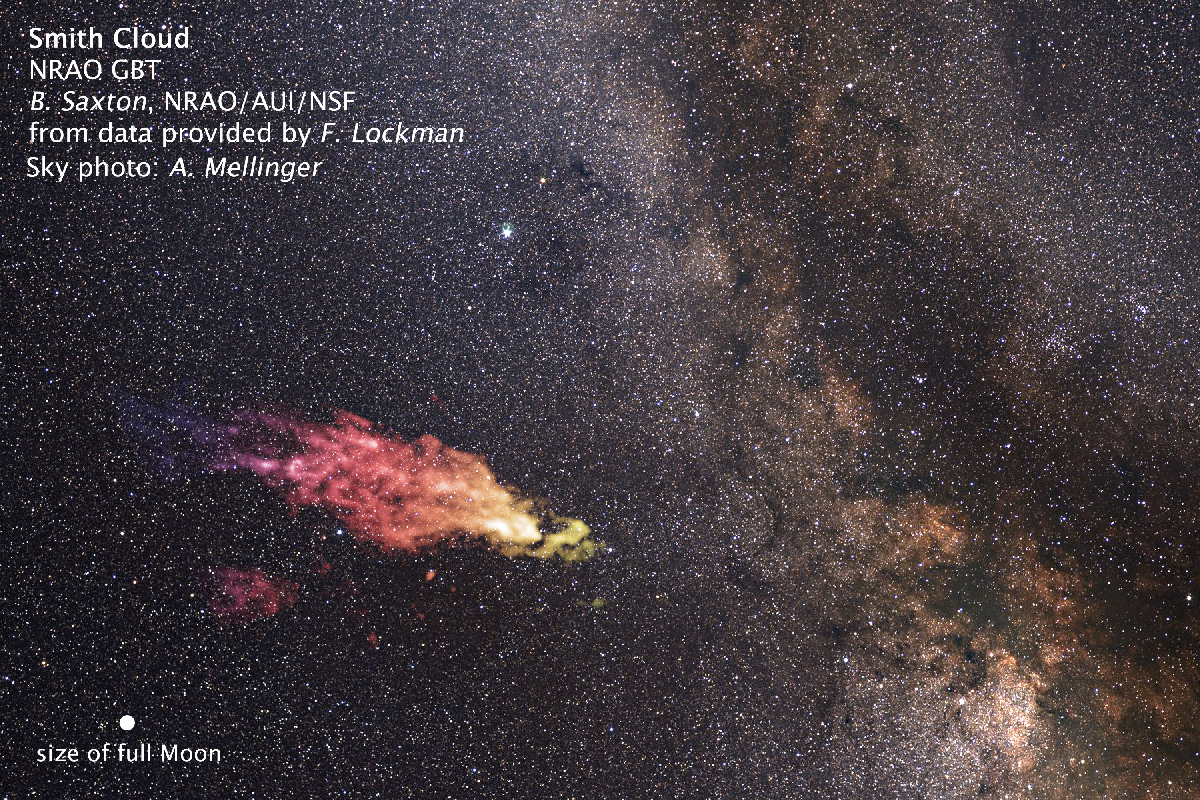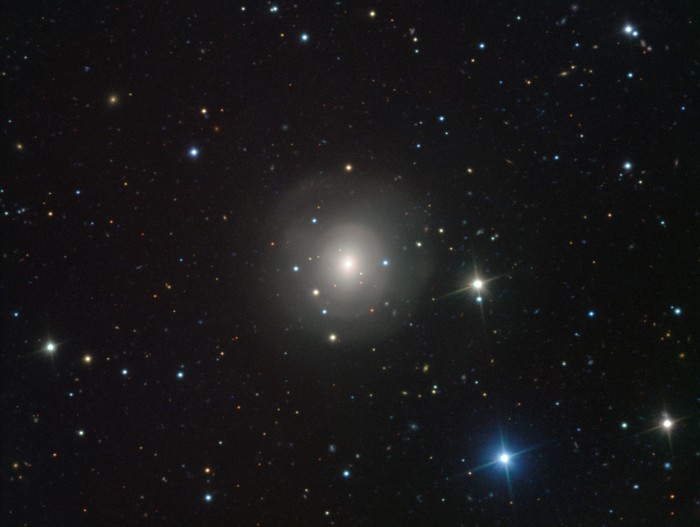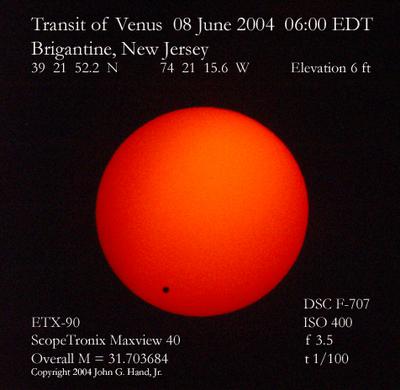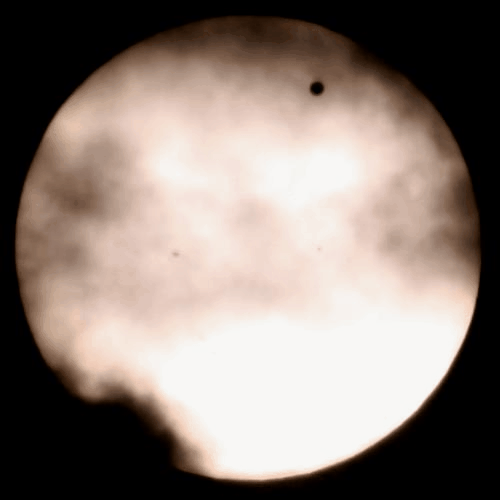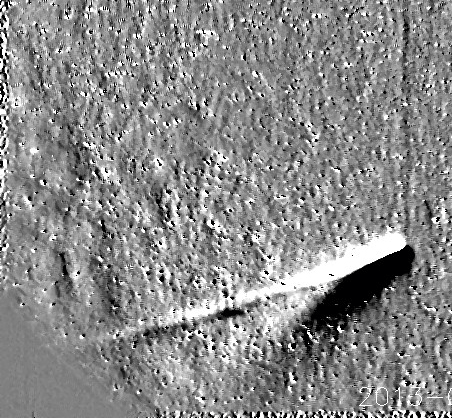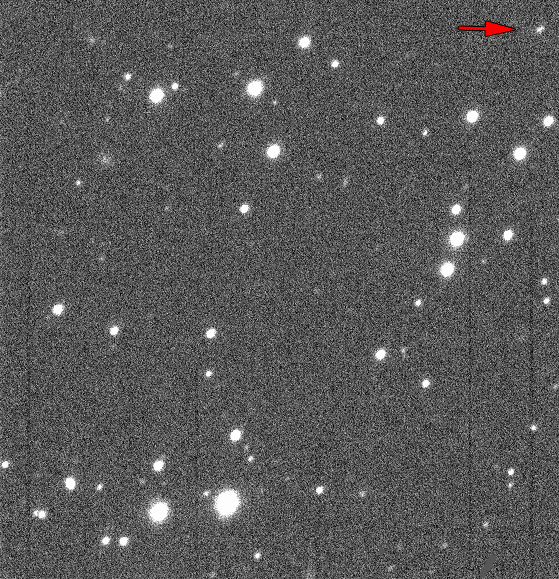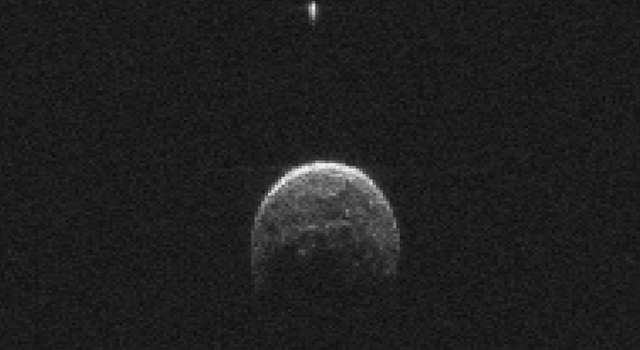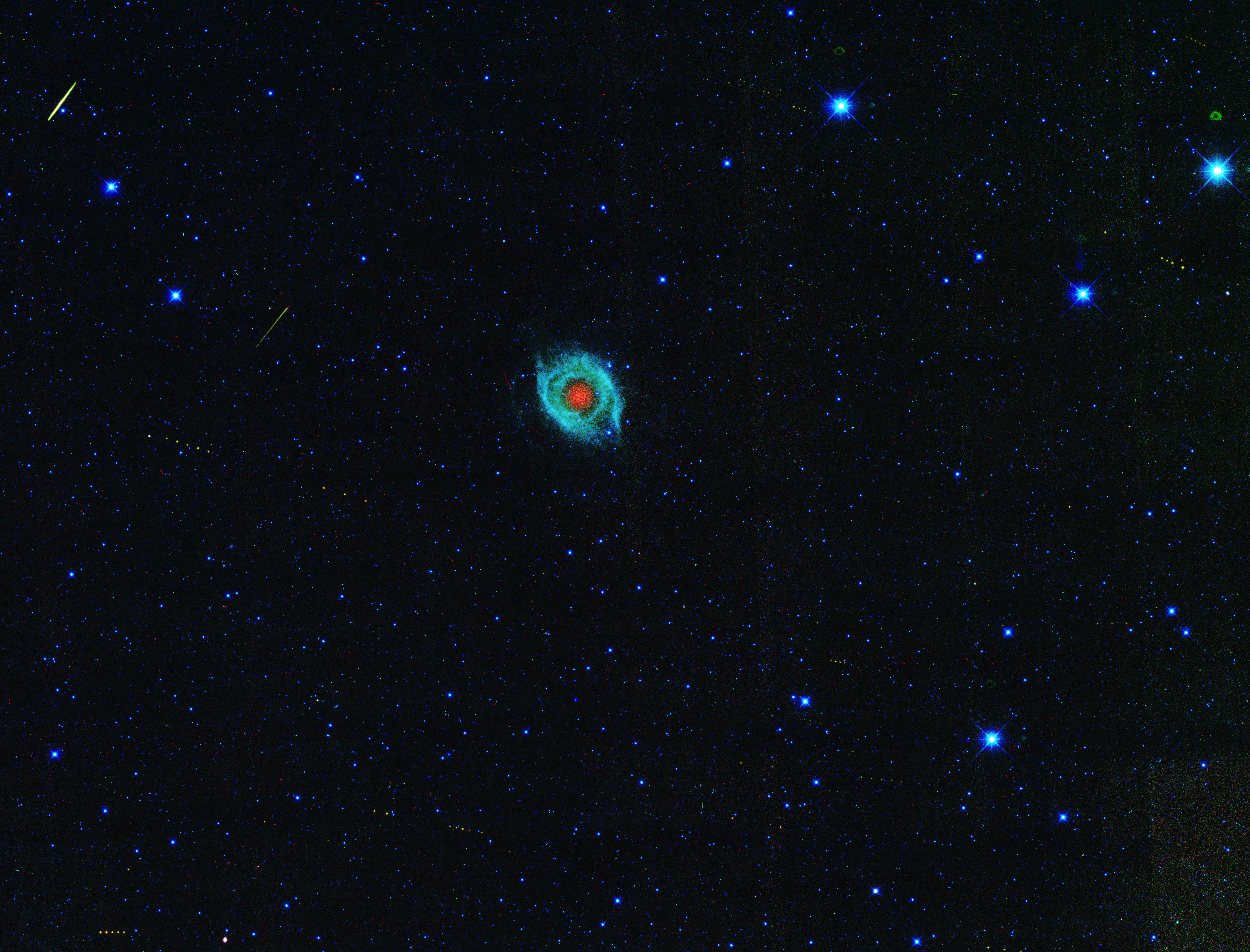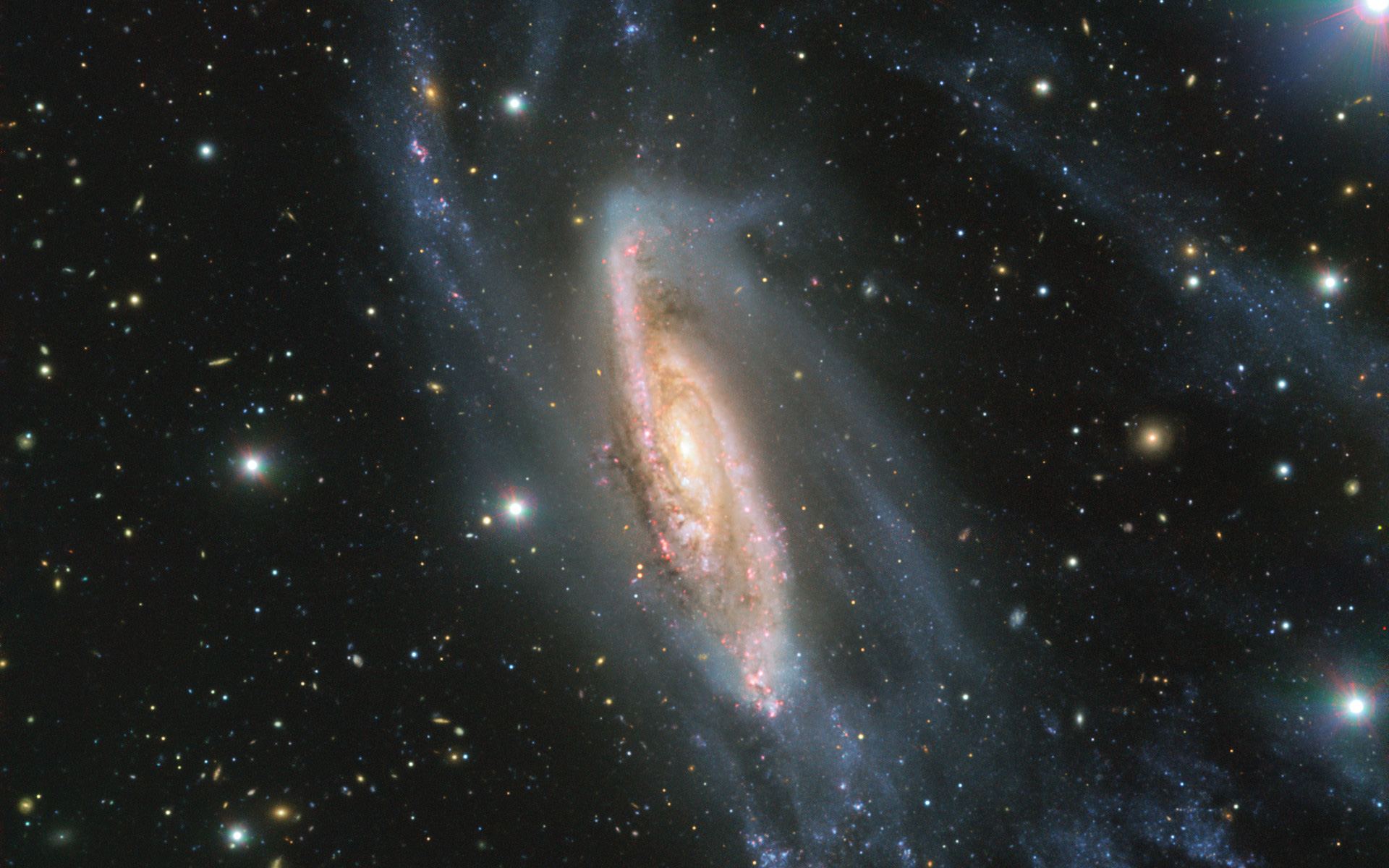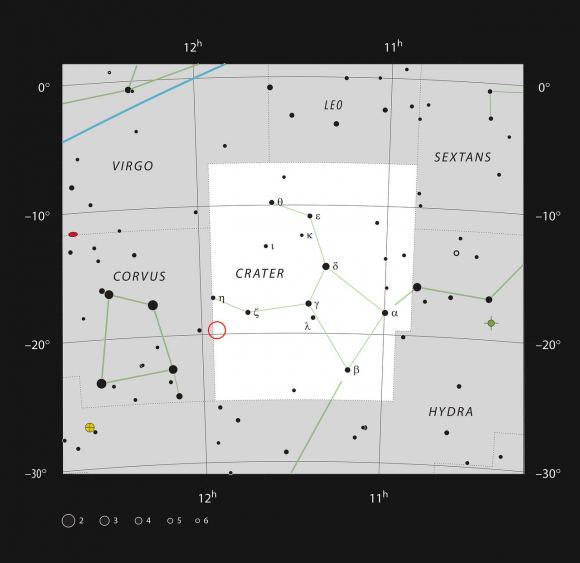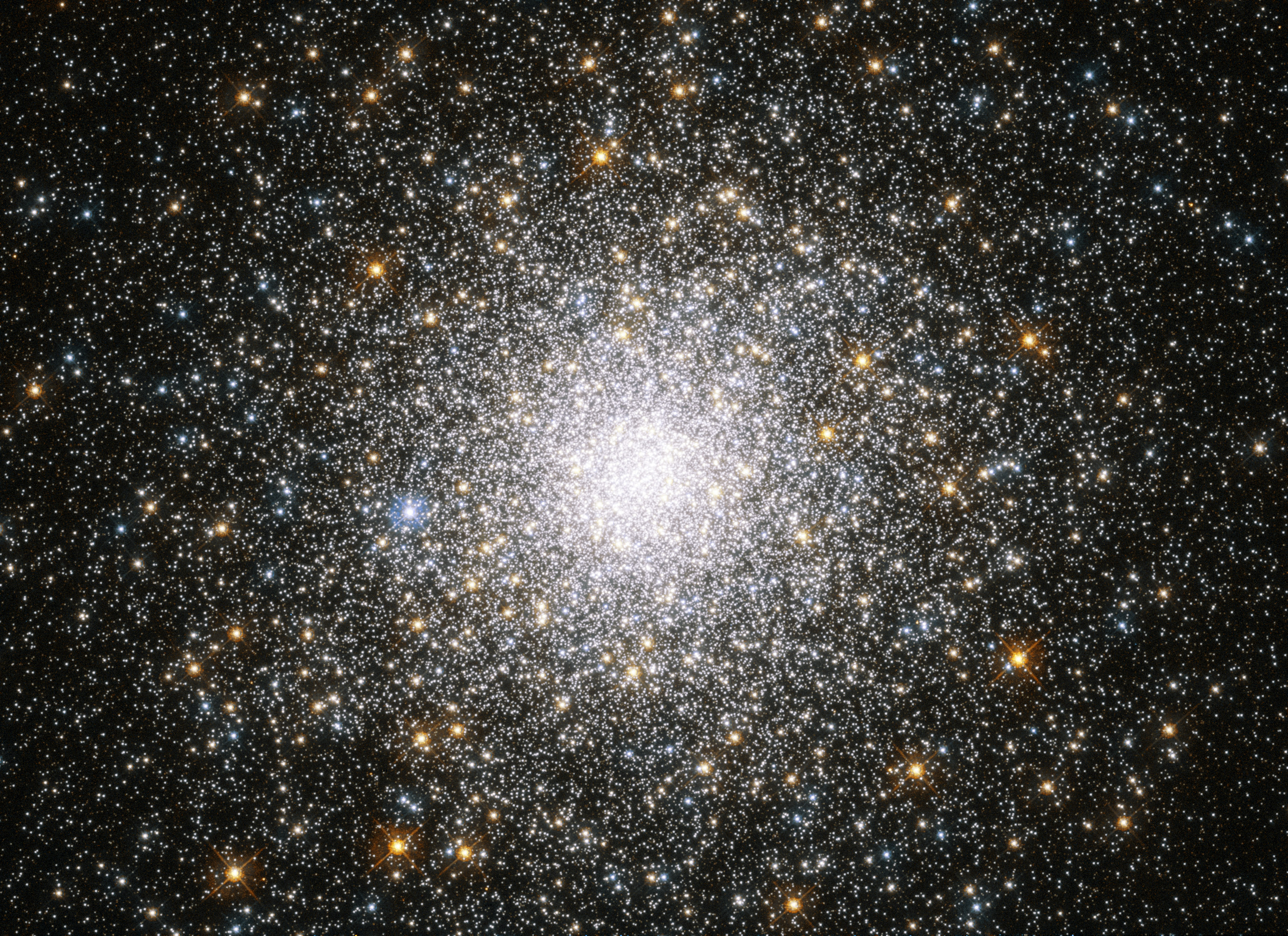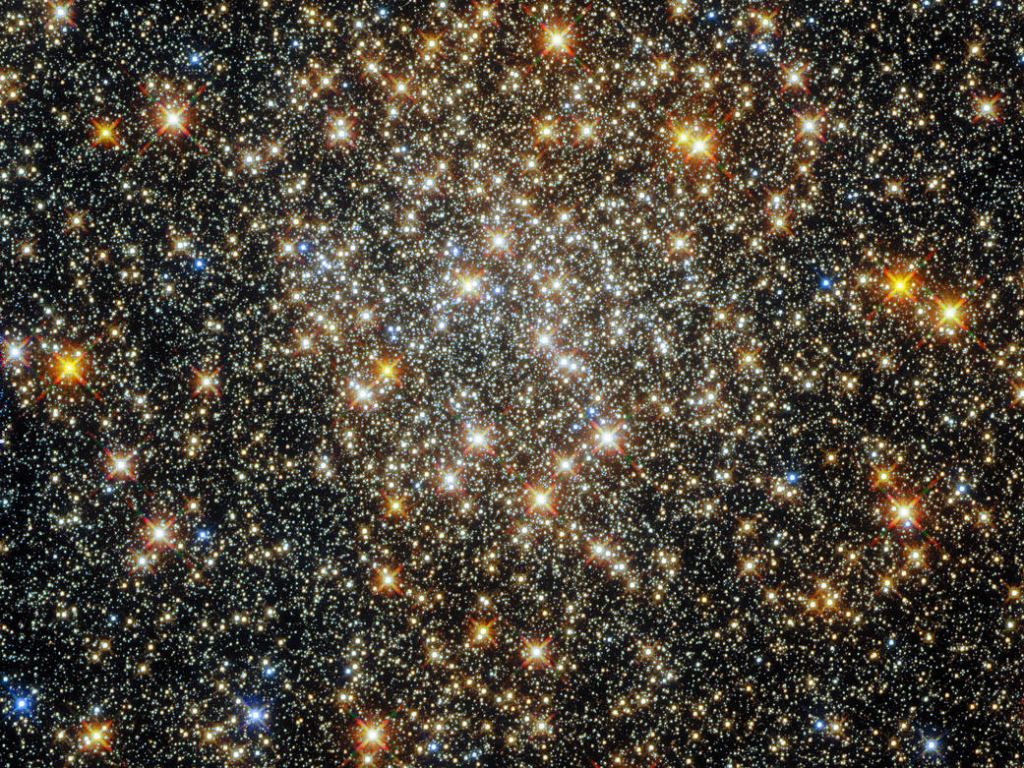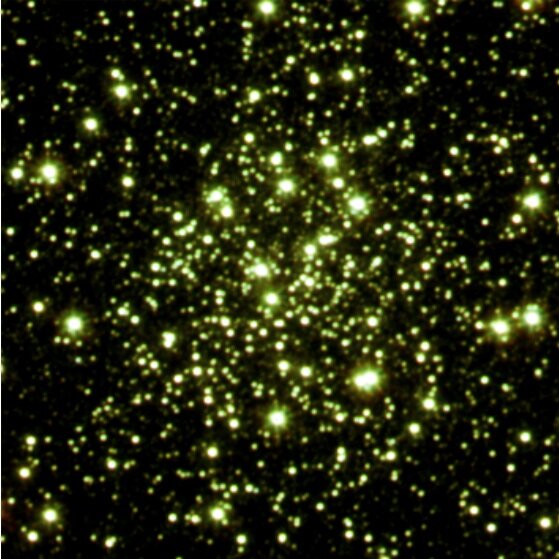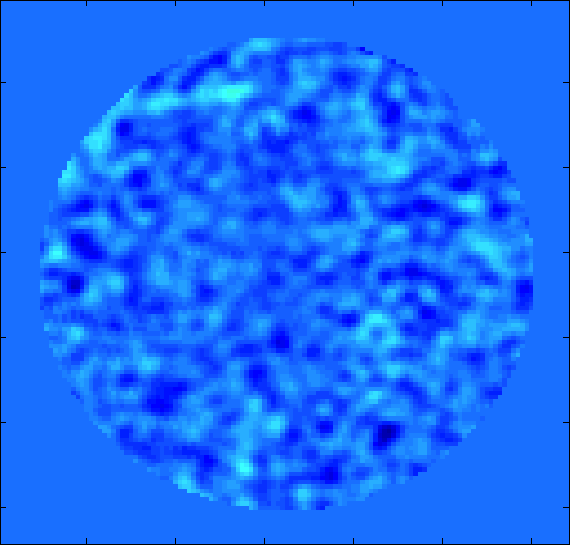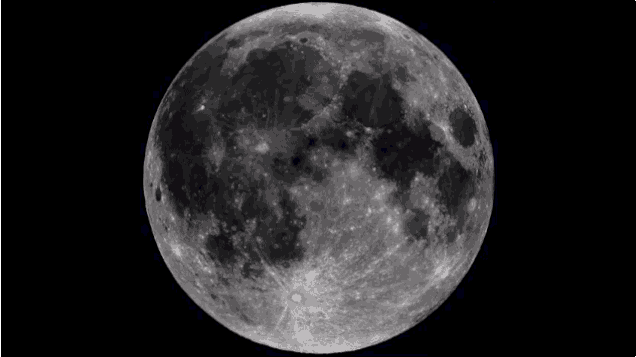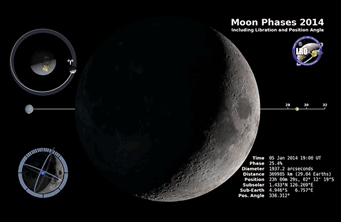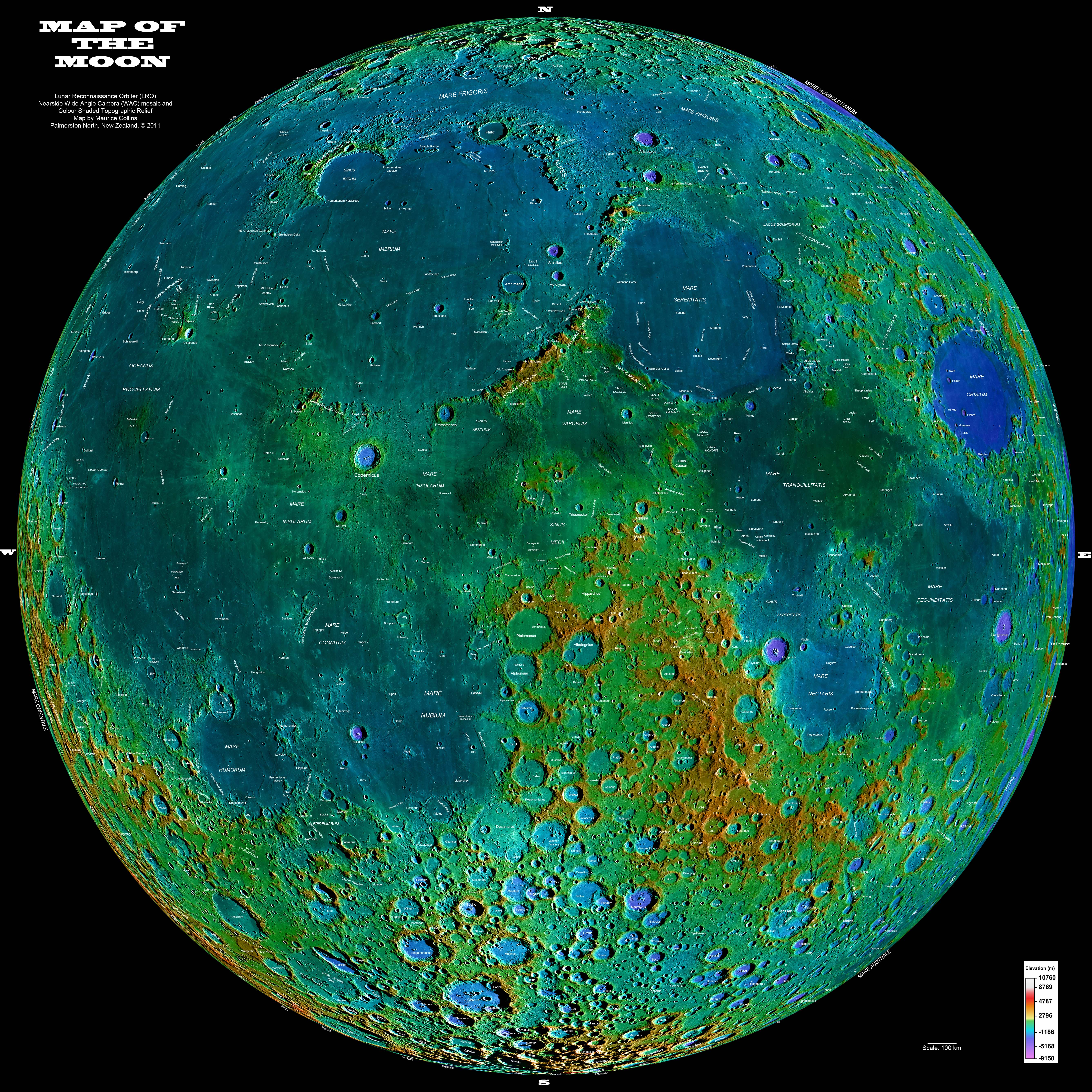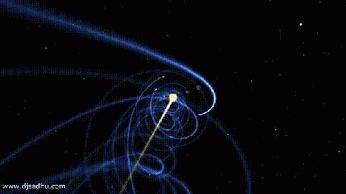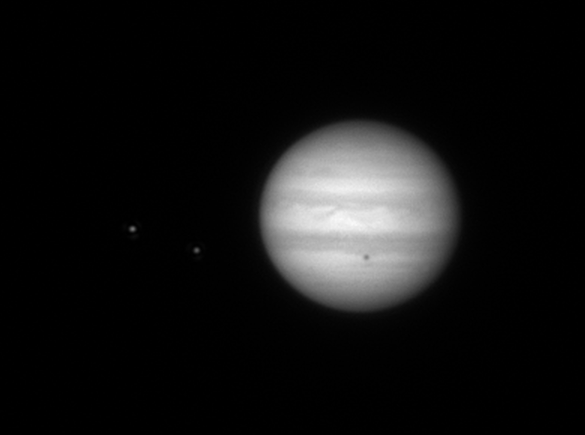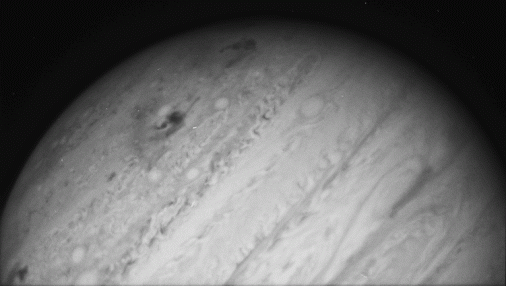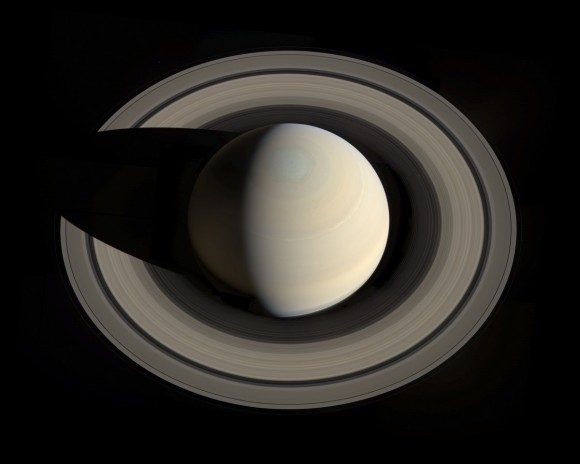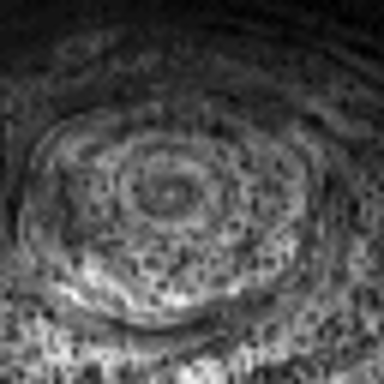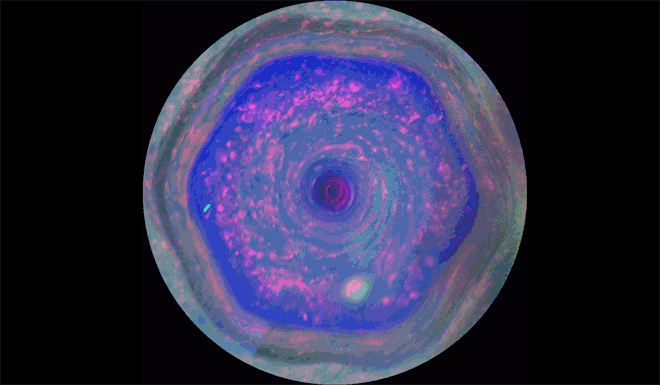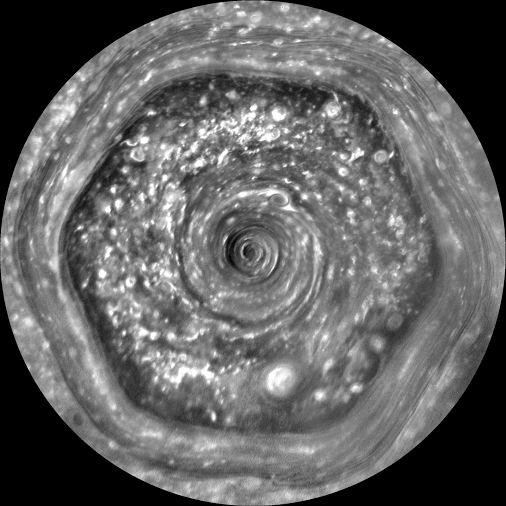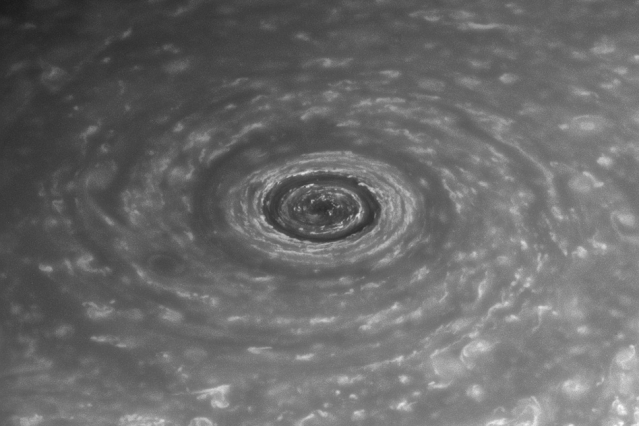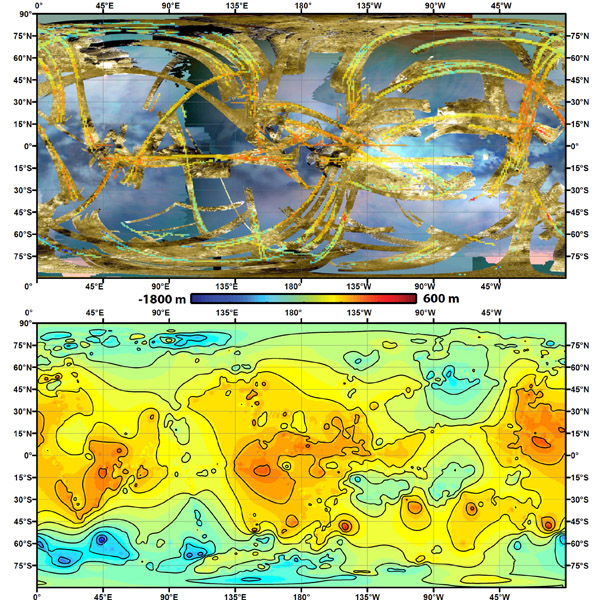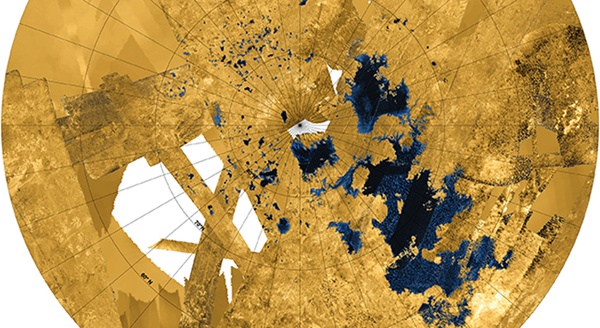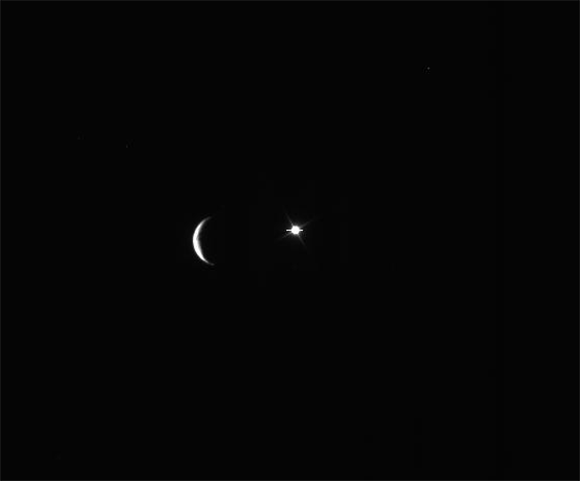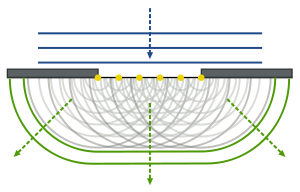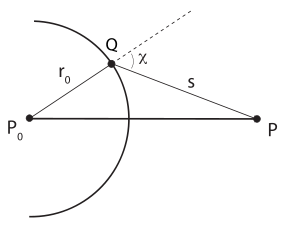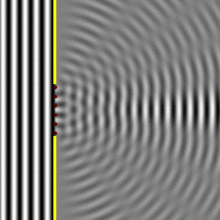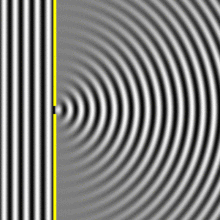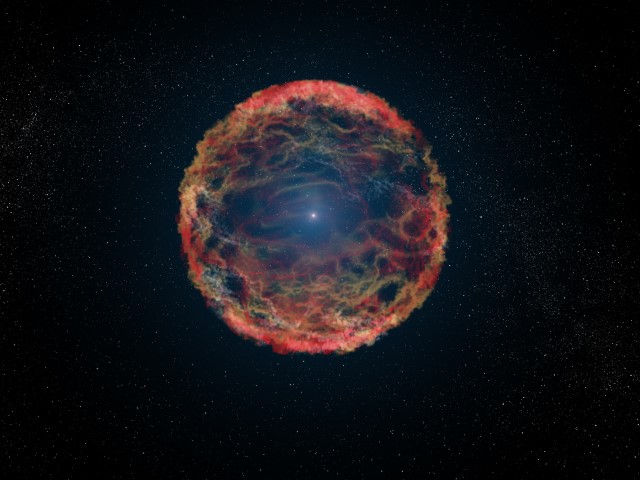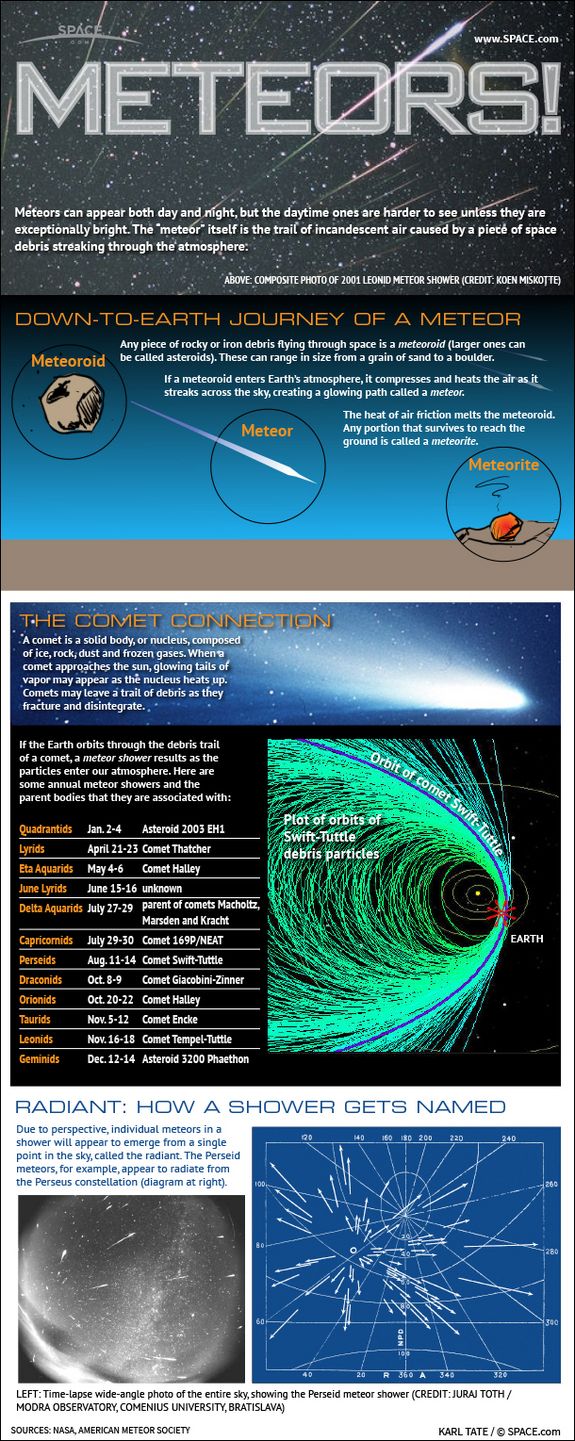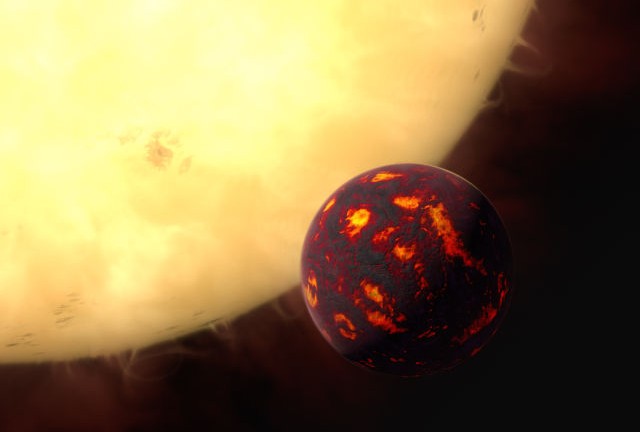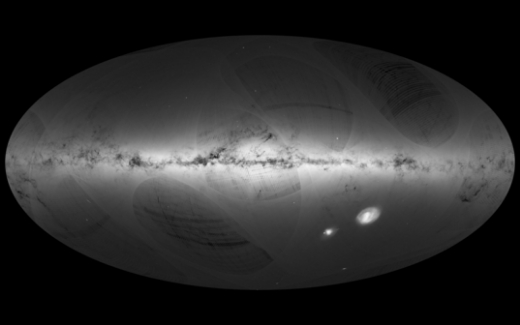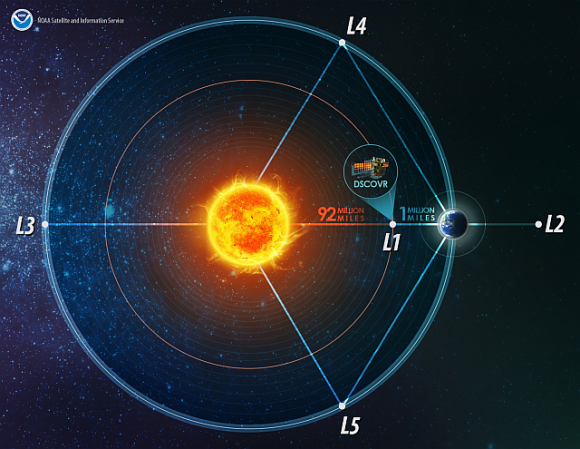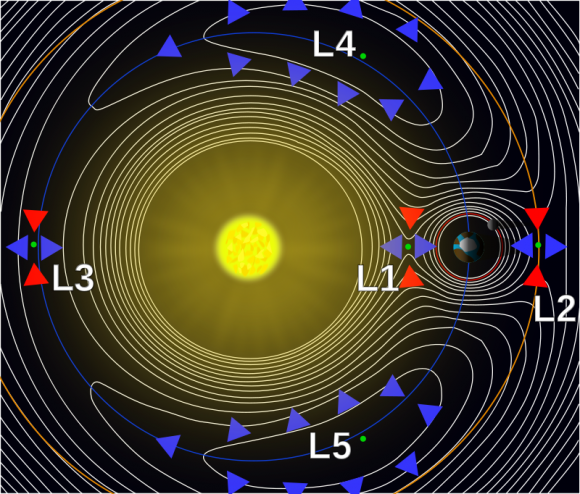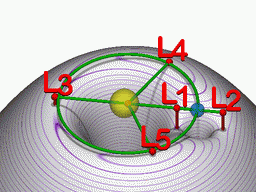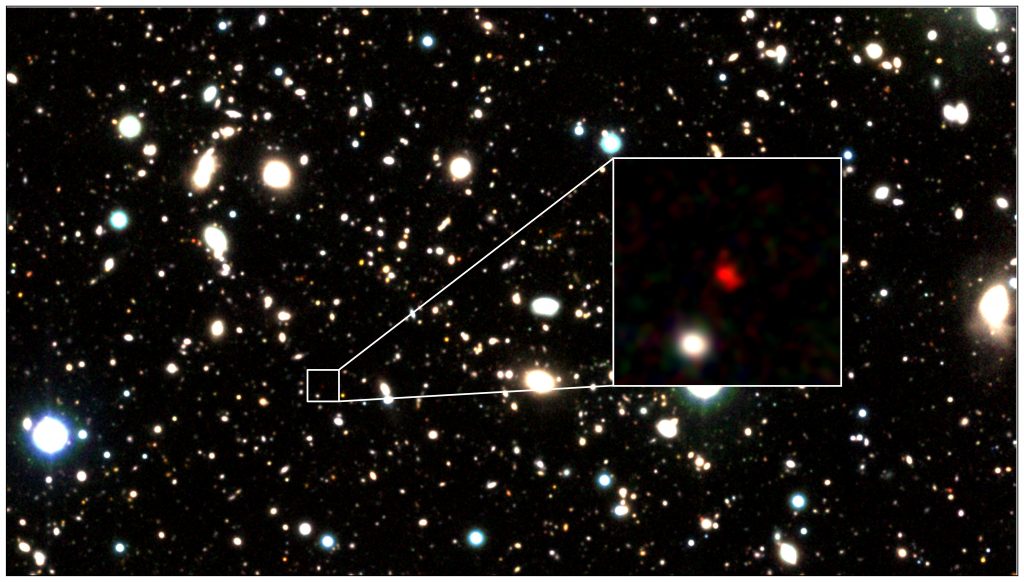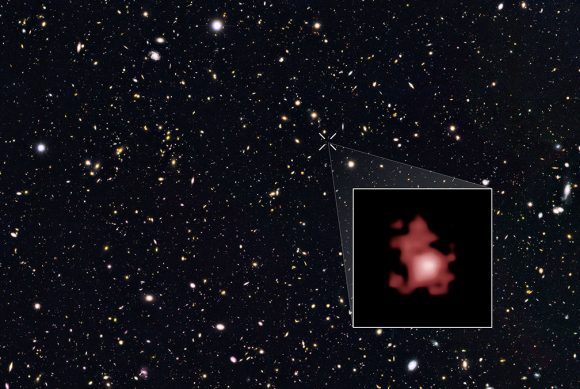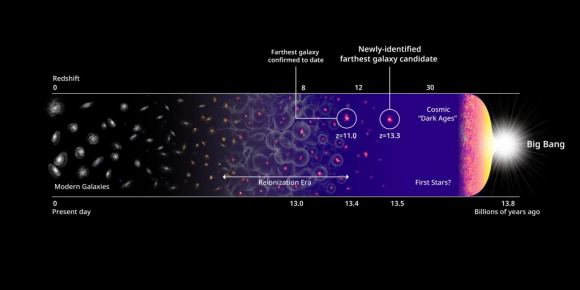This page was last updated on May 25, 2025
William Bacon's Home Pages/Astronomy Sub Page
Comments?????
Email the Webmaster!!!!!

Create your own visitor map!


Astro sub-page
Table of Contents
Table of Contents
- RETURN to Domain Page
- RETURN TO Domain Directory page
- Our Universe in videos
- Frontier Fields the extreme Universe
- Proofs of Relitivity
- The mysterious Eta Carinae nebula
- Cosmic Watch: Helps in your observing
- The Crab Nebula
- Featured Links!
- Some really Nice animations
- Visual Catalog of the Messier Catalog
- Searching for EXO_SIGNATURES Signals of Aliens
- OBSERVATORIES!
- The Hubble Space Telescope
- The Subaru Telescope
- THE James Webb Telescope
- The High Definition Space Telescope
- The Lisa gravitional wave observatory pathfinder
- The Jason OCEAN OBSERVATORY
- The ALMA Milimeter Observatory
- Types of Observatories
- INTRODUCTION TO ASTRONOMY!
- Speculations
- The center of our galaxy?
- Various ways to view the sky!
- BLOGS, FORUMS, and REPORTS
- A special section on MARS
- A Special section on AURORAS
- SECTION ON THE SUN
- Section on SPACEWEATHER.COM
- INFRARED ASTRONOMY
- Section for Amateur Astronomy
- This section for the Delaware Valley Amateur Astronomers
- Hubble telscope
- Section on Cosmic background Radiation
- Astronomy Magazines
- NEWS HEADLINES
- The extra solar object Oumuamua!!!!!!!!!
- Astro databases
- The virtual observatory
- The DEEP SKY
- The Amazing Extra Galactic Smith Cloud
- Merging Neutron Stars The Killonova
- Cosmology Research
- HERITAGE PROJECTS
- IMAGES FROM SPACE
- This section for mars
- The Moon and the solar system
- The Planet Saturn!!!!
- Thumbnail Sketch of the huygens principle(from Wikipedia.com)
- STELLAR INFORMATON
- Przyblski's star
- General Research
- Click here for online astronomical Training
- Information on lagrange points
- A New Record for the Most Distant Galaxy, Seen Just 300 Million Years After the Big Bang (as of april 8, 2022)
- Information from Educator labs
- Astromnomical articles
- Click here to go to the bottom of this page

Current status of the deep space network
THE ARTEMIS ACCORDS
Information on THE ARTEMIS ACCORDS (PDF)
Astronomical Picture of the Day
Here is NASA's Astro
Picture of the day!
AND HERE FOR
ASTRO Picture of the day ARCHIVE
The Goddard Space Flight Center
Current status of the deep space network
Misc Speculations
Scientist's Just Discovered First Ever WHITE HOLE and It’s Terrifying!
Not long ago, people thought white holes were just made-up ideas from sci-fi stories. These were strange objects that were only imagined
in our wildest dreams. But recently, scientists have made an incredible breakthrough! They've found some clues that make it seem
like white holes might actually be real things in our universe. It's like discovering a whole new world of possibilities!
This amazing finding has set off a frenzy of excitement among astronomers and cosmologists all over the globe.
Everyone's eager to explore and understand these mysterious entities.
Not long ago, people thought white holes were just made-up ideas from sci-fi stories. These were strange objects
that were only imagined in our wildest dreams. But recently, scientists have made an incredible breakthrough!
They've found some clues that make it seem like white holes might actually be real things in our universe.
It's like discovering a whole new world of possibilities! This amazing finding has set off a frenzy of excitement
among astronomers and cosmologists all over the globe. Everyone's eager to explore and understand these mysterious entities.
subscribe / @voyagerspace
Click here to return to top of page
Misc Speculations
Not long ago, people thought white holes were just made-up ideas from sci-fi stories. These were strange objects that were only imagined in our wildest dreams. But recently, scientists have made an incredible breakthrough! They've found some clues that make it seem like white holes might actually be real things in our universe. It's like discovering a whole new world of possibilities! This amazing finding has set off a frenzy of excitement among astronomers and cosmologists all over the globe. Everyone's eager to explore and understand these mysterious entities. Not long ago, people thought white holes were just made-up ideas from sci-fi stories. These were strange objects that were only imagined in our wildest dreams. But recently, scientists have made an incredible breakthrough! They've found some clues that make it seem like white holes might actually be real things in our universe. It's like discovering a whole new world of possibilities! This amazing finding has set off a frenzy of excitement among astronomers and cosmologists all over the globe. Everyone's eager to explore and understand these mysterious entities. subscribe / @voyagerspace
OUR NEAREST STARS
Click here to return to top of this page
Center of our Galaxy... a giant BLACK hole?
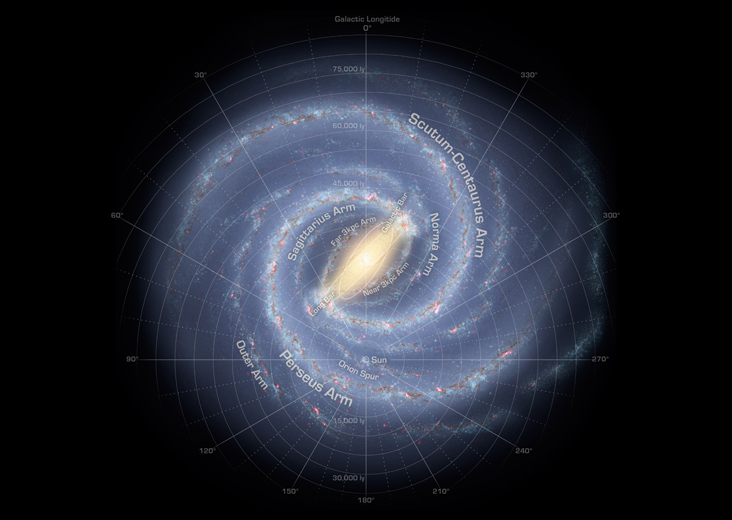
This annotated artist's conception illustrates our current understanding of the structure of the Milky Way galaxy.
Image Credit: NASA
Click here to return to top of this page
This section for SPECIALTY ONLINE VIEWERS!

An effort to recriut the younger generation to astronomy
Click here for
The latest GOOGLE SEARCH FOR ASTRONOMY
A New service from GOOGLE.... GOOGLE SKY VIA YOUR WEB BROWSER
A new way to view the Milky Way!
It's Chromoscope.net!
Another way to view the MOON! Zoom in with near side!
Check out
Panning our galaxy!
And here Sky viewer with a google like interface
Another one is Stellarium open source planetarium for computer
Here is a website dedicated A website to dispaly popular Astronomical both visually and entertainally
A great Individual Photographic effort It's Skysurvey.org!
Clicking on the info button (the i icon) at
will produce constellation stick figures, the ecliptic, and the names of some DSOs, the bright stars, and the planets.
A new resource for Astronomy information! It's
Astronomy Center.org!!!
Here for a competitor to Google SKY.....
For ASTRONOMY WIKI AND INTERACTIVE MAP!
Click here to return to top of this page
This section for REPORTS, BLOGS FORUMS
From Sky and Telescope Magazine Behind the black.com
From Astronomy Magazine it's Bob Berman's Blog site Sky Man Bob.com
From the denver science musuem David Grinspoon's site Funky science.net
An online blog From ABC Media network
Click here for Portal to the Universe
And here for Universe Today.COM
A companion site to Universe today is Cosmoquest.org!
And another companion site Know the cosmos.com
Here is a Video
Blog site ... Astrocast.tv!
A blog site Hubble site for the citizen to get involved
Another site is Hubbles Universe Unfiltered"
Yet another is Hubbles Deep Astronomy
Hubble site's Hubbles list of Blogs
A favorite for Northeastern ANd Mid Atlantic VIewers
REPORTS
Click here for Large Binocular Telescope"
And here for Technical report on the mini galaxy in Hercules
Click here for A report on redshifts and Halton ARP
Here is a report on Telescope Arms Race
Here is the National Science Foundation's Advancing Astronomy in the coming decade(2010-2019):Opportunities and Challenges
Here is the NSF's advisory committe's report: New Worlds , New Horizons in Astroonomy and AstroPhysics
In May 2013 I finished photographing (using an astronomical CCD camera and a refractor)
all 110 Messier objects, a project that took about 11 months.
I wanted to make a poster out of the 110 photos, and after a little thinking I realized that there
is another famous collection of objects (which also number a little over 100) which are conventionally
displayed in a chart divided into categories. So with that in mind I attempted to create an arrangement
of the Messier Objects inspired by the Periodic Table. Below is the result.
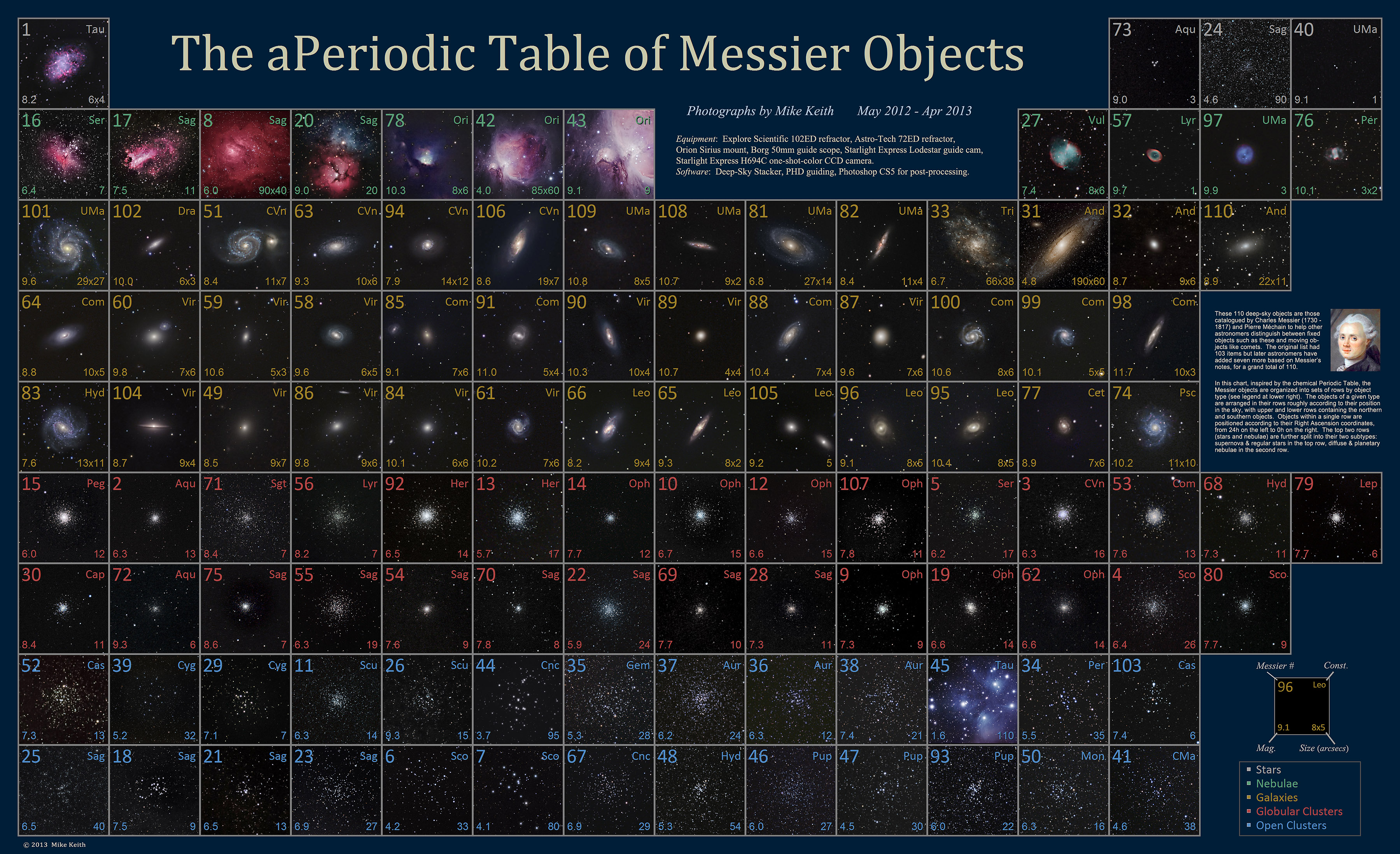
FORUMS
And here is Cosmic Controversy.com
This one from Astronomy Magazine
This one from Astronomy daily.com
And from Astromart
Threads from Cloudy nights
Amatuer Astronomy From Phill Harrington.net
AND a personal blog Jonathan's Space Report
Star Should Have Gone Supernova, But it Imploded Into a Black Hole Instead
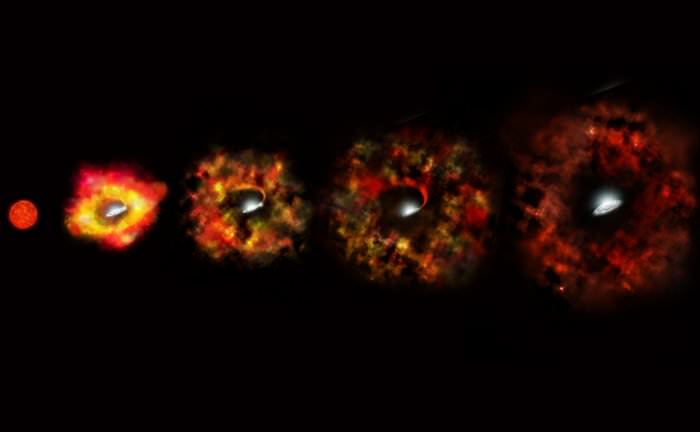
This illustration shows the final stages in the life of a supermassive star that fails to explode as a supernova,
but instead implodes to form a black hole.
Credit: NASA/ESA/P. Jeffries (STScI)
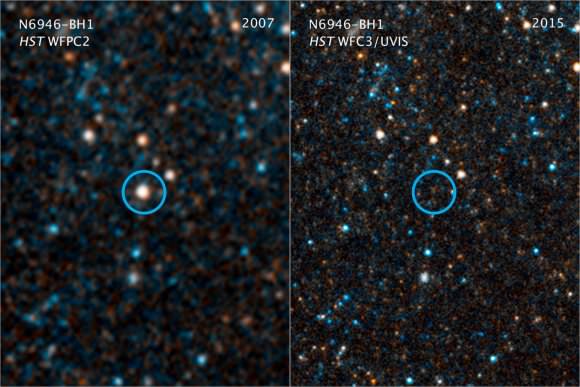
Visible-light and near-infrared photos from NASA’s Hubble Space Telescope showing the giant star N6946-BH1
before and after it vanished out of sight by imploding to form a black hole.
Credit: NASA/ESA/C. Kochanek (OSU)
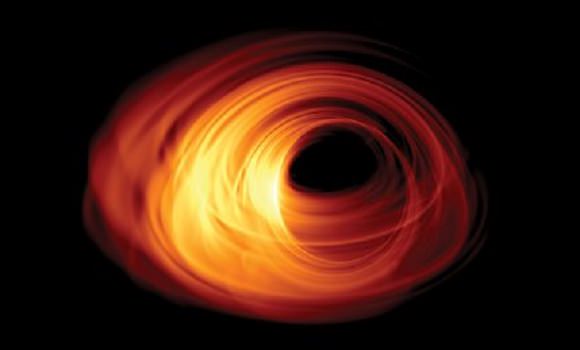
Simulated view of a black hole.
Credit: Bronzwaer/Davelaar/Moscibrodzka/Falcke, Radboud University
Star Gives Birth to Possible Black Hole in Hubble and Spitzer Images
Published on May 25, 2017
A team of astronomers at The Ohio State University watched a star disappear and possibly become a black hole.
Instead of becoming a black hole through the expected process of a supernova, the black hole candidate formed
through a "failed supernova." The team used NASA's Hubble and Spitzer Space Telescopes and the Large Binocular Telescope
to observe and monitor the star throughout the past decade. If confirmed, this would be the first time anyone has witnessed
the birth of a black hole and the first discovery of a failed supernova.
Read more:
Credit: NASA’s Goddard Space Flight Center/Katrina Jackson
Music Credits: "High Heelz" by Donn Wilerson [BMI] and Lance Sumner [BMI]; Killer Tracks BMI; Killer Tracks Production Music
This video is public domain and along with other supporting visualizations can be downloaded from the
Scientific Visualization Studio at:
If you liked this video, :subscribe to the NASA Goddard YouTube channel
Or subscribe to NASA’s Goddard Shorts HD Podcast:
Follow NASA’s Goddard Space Flight Center
· Facebook:
· Twitter
· Flickr
· Instagram
· Google+
Category
Science & Technology
License
Standard YouTube License
AMAZING NEW VIEWS OF BETELGEUSE COURTESY OF THE ALMA Observatory

This orange blob shows the nearby star Betelgeuse, as seen by the Atacama Large Millimeter/submillimeter Array
CREDIT: (ALMA). ALMA/ESO/NRAO
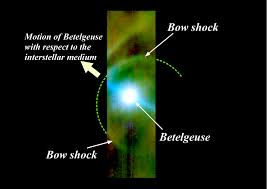
The bowshock created by Betelgeuse as it plows through the local interstellar medium.
CREDIT: JAXA/Akari

An early springtime supernova in the future?
Credit: Stellarium
Click here to return to top of this page
This section for Observing Auroras.
This section for auroral observations
NOAA DOES Satellitte Auroal MAPS
Here is the forecast for auroral activity Here for Current Auroral activity
AND HERE .... Auroral forecasts....
Click here for The Aurora Sentry!!!!
Here is a new service for Aurora alerts! It's Space Weather Phone - Auroral alert system
And here for Spacespot.com another astro community effort
Here is Curtis' Aurora resources Click Here!
Aurora forecast from noaa
space weather Aurora forecast for earth
The OVATION Aurora Forecast Model shows the intensity and location of the aurora predicted for the time shown at the top of the map. This probability forecast is based on current solar wind conditions measured at L1, but using a fixed 30-minute delay time between L1 and Earth. A 30-minute delay corresponds to approximately 800 km/s solar wind speed as might be encountered during geomagnetic storming conditions. In reality, delay times vary from less than 30 minutes to an hour or so for average solar wind conditions. The sunlit side of Earth is indicated by the lighter blue of the ocean and the lighter color of the continents. The day-night line, or terminator, is shown as a region that goes from light to dark. The lighter edge is where the sun is just at the horizon. The darker edge is where the sun is 12 degrees below the horizon. Note that the aurora will not be visible during daylight hours; however, the aurora can often be observed within an hour before sunrise or after sunset. The red line at about 1000 km equatorward of the brightest aurora indicates how far away viewers on the ground might see the aurora assuming good viewing conditions. Note, a 3-day aurora forecast, based on the predicted global geomagnetic activity index, Kp, is now available as a test product. SWPC has a discussion of the Aurora phenomena and tips for the best opportunities to view Aurora at various locations.
This site for real time resouces!Click here
Here for MTU aurora weather Click here
Here for ICSTARS resources Click here
This site for For paricle breeze images
Auroras from early 2012
Aurora 2012 from Christian M�lhauser on Vimeo.
Click here to return to top of this page
Click here to return to top of this page
This section is to monitor the sun!!!!
Click here for a page of The Latest real time images of the sun
Click here for The Earth's DAYLIGHT MAP From the sun!
This site for Solar observations
Here are images from nasa Images from JSC nasa
Here is Google Sunshine.com
Here is NOAA's recent x-ray plots of the sun!
Didier Favre's images portray the prominence activity quite well!!!
And here is information on THE CURRENT STATE OF THE SUNSPOT CYCLE ON THE SUN!
This section for observing the sun
Here is the current Soho EIT IMAGE

The Current Alpha Patrol Network Image

For those who like to watch the progress of these storms the following sites are useful:
Today's Space Weather updated every 5 minutes
- NOAA's Space EnvironmentCenter:)Solar-Terrestrial Activity
(daily postings with occasionalinterim updates for major storms)
Tyrell Corporation's
Solar Storm MonitorYet another site to observe the sun: Locheed Solar Observatory
This site is recommended by Art Bell soho's solar observatory
The New Jersey Institute of Technology solar observatory NJIT Solar observatory
Caltech solar observatory Caltech Solar observation page
Here is a sun observing site Sun Earth Day
Here is It's Solar Movie.com
Here is the naval research lab site Lasco site
Here is Soho's Self updating solar observations
Click here for Solar Astronomy.org
A new online It's Helioviewer.org
also it's Solar monitor.org
Real time Images from SOHO
Observing in a diferent frequency NSO/GONG in H Alpha Network Monitoring
And Soloar Soft's Latest Events

Animation of looping prominences on the western limb of the Sun on August 20, 2013. Credit and copyright: Michel Collart. This close-up movie of looping, dancing prominences on the Sun looks like something you�d see from one of the spacecraft we have studying the Sun, such as the Solar Dynamics Observatory. However, the images were taken from Earth by amateur astronomer Michel Collart from France. He was able to capture incredible detail (see his list of equipment below of this region on the Sun�s western limb, and in a series of 120 frames, shows a lot of activity taking place on the morning of August 20, 2013.
Click here to return to top of this page
Spaceweather.com
and.......... Spaceweather.com
Real time Images from Space weather.com
Here is space weather's Fly by checker
Click here to return to top of this page
This section for Infrared astronomy
Click here for Infrared Science Archive
16 images from The Spitzer Space Telescope
Here is the sombreo galaxy in the infra red!

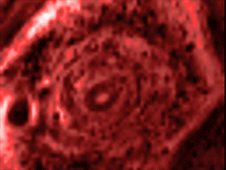
Here is the first Infrared Photo:
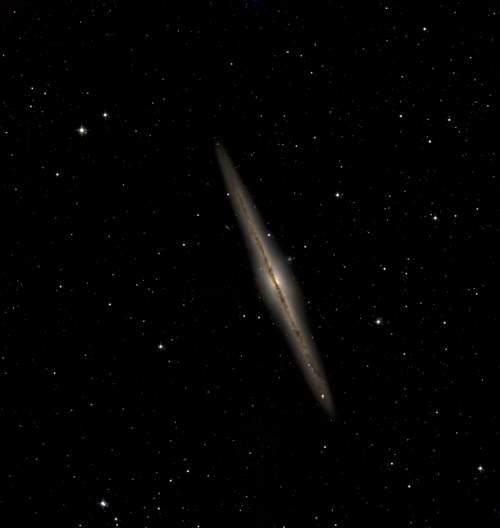
Click here for Institute for Astronomy in Hawa11
Here is the first press release First light for infrared
Cosmic beacons reveal the Milky Way’s ancient core
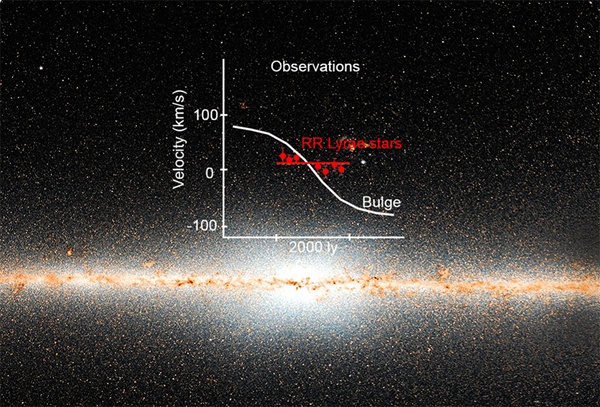
Astronomers have discovered that the central 2,000 light-years within the Milky Way Galaxy hosts an ancient population of stars.
By Leibniz Institute for Astrophysics, Potsdam, Germany | Published: Friday, April 22, 2016
The plane of our galaxy as seen in infrared light from the WISE satellite.
The bulge is a distinct component in the central part of the galaxy and rotates cylindrically.
An ancient population, which does not exhibit cylindrical rotation, has been detected in the inner Milky Way.
This population is estimated to be 1 percent of the mass of the bulge, and it is likely to have been one of the
first parts of the Milky Way to form. NOAO/AURA/NSF/AIP/A. Kunder
Click here to return to top of this page
This section for Amateur Astronomers
AMATEUR' ASTRONOMERS CREATE AN INCREDIBLE 1000+ HOUR IMAGE OF A GALACTIC NEIGHBOR
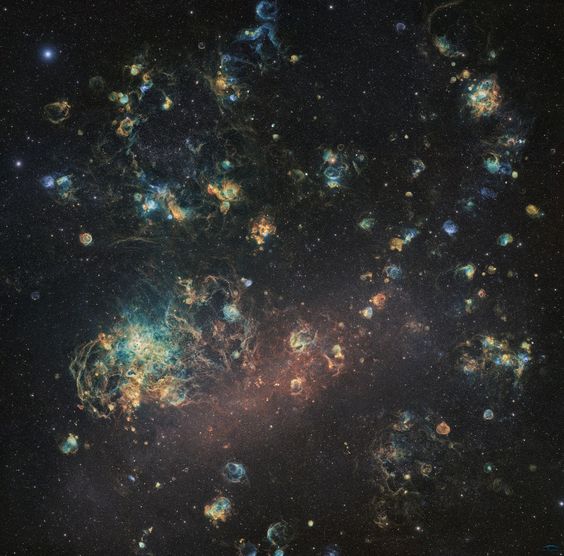
The Large Magellanic Cloud, a dwarf satellite galaxy of the Milky Way, displayed in all its glory in a stunning 1060 hour exposure. Credit: Jean Claude Canonne, Philippe Bernhard, Didier Chaplain, Nicolas Outters, and Laurent Bourgo
An Amatuer Image of the Tarantula Nebula
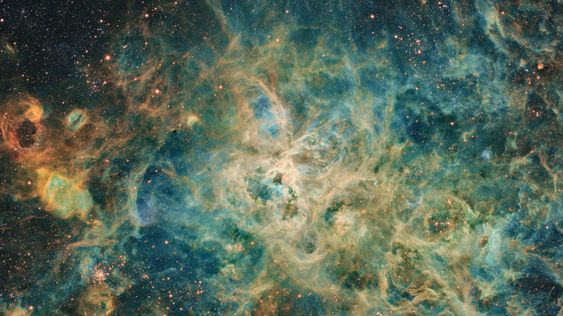
The Tarantula Nebula is a sprawling gas cloud in the Large Magellanic Cloud, and one of the largest star-forming regions in the local Universe. Credit: Jean Claude Canonne, Philippe Bernhard, Didier Chaplain, Nicolas Outters, and Laurent Bourgo
Here is a great resource for amateurs Wikipedia's list of Astronomical catalogues
CLick here for Weird World
Instead of an Internet Cafe we have: The Astronomy Cafe
Here is another great individual effort It's David Rutledge's Astro Page
Robert Holmes' Great Amatuer website(now professional) and observatory In Illonois
And his Links page
AND A MAGAZINE Sky and telescope's website
And the other magazine Astronomy Magazine
Here is
Attic Bluffs Observatory Williamsburg, VA
Welcome to Steve Shellman's amateur astronomy page. I am a social scientist studying political conflict and terrorism
by day and an amateur astronomer and astro-imager by night. Here you'll find some of my latest images,
information on my equipment, observatory, and other resources. Thanks for stopping by.
All of the images on this site were taken by me - good, bad, or indifferent.
Yet another Amatuer site is: Astrophotography By Ken Crawford
Here is the site for International Spacewatch Website
The president of the Main Line Commodore User's group is a member of the Delaware Amatuer Astronomers
And here is David Rutledge's LInks page
Main page of The association of Lumar and planetary observers of Japan
Here are links for Youth in Astronomy
Here is Youth In Astronomy
And here is Dr. Robert Stencel Of Denver University
This is a student site for Hubble observations! Latest Hubble Pictures
Here is the main Students Exploring and Developing Space
Here is the web site for a club From the country of Chile
And the Amateur
Mark Buie's webpage fromt he Saouth WEst Research Institute In Boulder, CO!
Organizations for the light pollution problem!
Here is another important organization it's
The international Dark Sky orginazation
To assist the IDA is
EARTH HOUR
AND here is Globe at night.org
As a piece of information, for the beginner about the Limitation of human senses
Here is a graph that illustrates why astronomers construct telescopes
to see outsde of human ranges. It also makes me think that some animals experience the world very differently.
Here is digital imaging from Richard Berry His main page
And a picture recomended by the dvaa!
Imaging with Orion's StarShoot Pro
6-Megapixel Bayer-Array CCD Camera
University of Pennsylvania Department of Physics U of PENN Astronomy and Physics
Here is the Hitch Hiker Guide to Astronomy!!!
This site for the Astronomical Society of Harrisburg PA
Here is the web page for The Naylor Observatory of the Harrisburg Astronomical Soceity
Here are other great independent efforts
A list of
Astronomy clubs bringing the
wonders of the universe to the public
Here is....... Ozor's Online Astronomy Club
Here is page specifying Philadelphia Area regional Astro Events
Here is the New Philadelphia Science Fest
CLick here for the Website for Astronomy camp in Arizona!
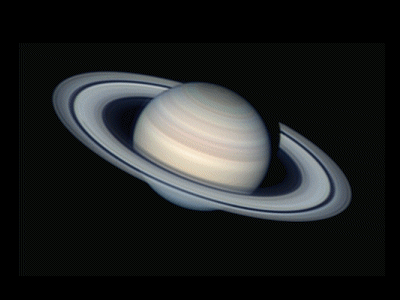
And His Website: damian Peach's Website
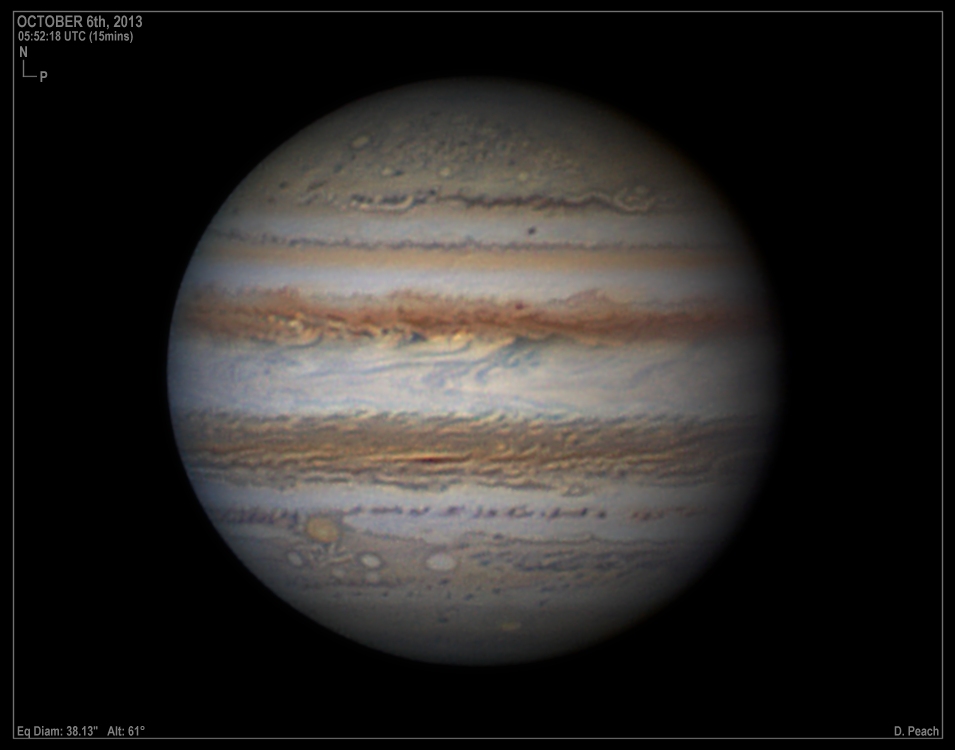
Deep Sky Videos From Brady Haran
This section for the Texas Star Party
Here is The Texas Star Party
Here for The Fort Davis site
Here for Prude Ranch Site
This section for Amatuer Webcams in Astronomy
Click here for Web Cams in Amatuer Astronomy
An excellent personal effort
Amatuer Astro imaging...fourthdimensionastroimaging.com
Here is
Ned Wrights
Cosmological Tutorial
And click here
There's another
good one, by Jay Reynolds Freeman
And here
Also
worthwhile
You can click here
For
some more terminology
This section for Amateur Astronomers
Here is some thing for Amateur astronomers It's a Telescope Limiting Magnitude Calculator
From the DVAA's June 2, 2012 Meeting's lecture 3d animated MOONDUST WEBPAGE
Here is a resource for Building your own telescopes Webster Telescopes!
this is a resource for Digital astrophotography"
Local Astronomers groups
Weather Observation conditions From Metroblue for Willow grove PA!
Websites recomended by DVAA members on the e-List
Here is University of Pennsylvania's Center for particle cosmology
The SKY IN MOTION
Here is Scope seeing.com Louis Berman's site
A new class of objects? Or Alien Beacon?
Click here for E. E. Barnard on line
Click here for The Winer Observatory Near Nashville, TN
Another site for Amateur Astronomers is the Astronomical Leaugue The Astronomical Leaugue
Here is an amateur site for requsting your own astronomical Observation it's
The International Space Station Amateur Space TelescopeHere is a great site for computer amateur's Massive HOT LINKS FOR AMATEURS
The American Astronomical Society Has a site:
THE A A SFor you Amatuer Astronomers, Here is the
The Hipparcos Catalog with utilities!For amatuer astronomers, here is an individual Observatory effort the Braeside Observatory in Arizona
For Amatuers..it's regional Seeing and transparency forecasts!
For amteur Astronomers it's Gary Seronik
Click here to return to top of this page
This section for the Hubble Telescope
THIS IS HOW NASA WILL DO THE LAST SERVICING MISSION.

The New HUBBLE IMAGE OF STEPHENS QUINTET
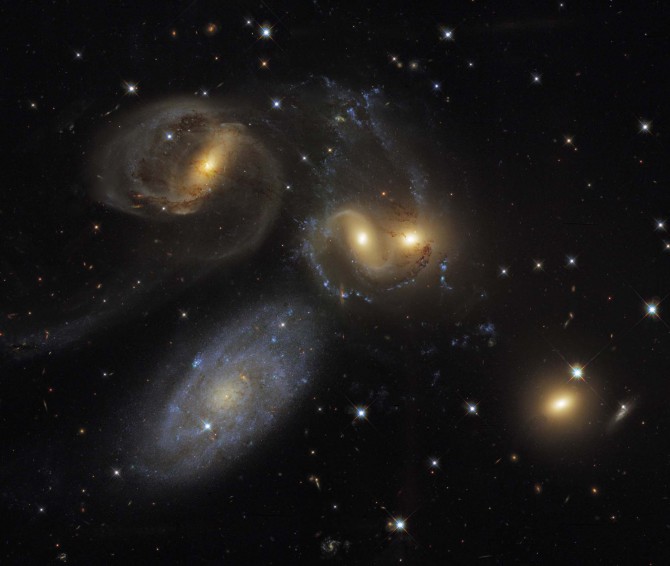
The WhirlPool galaxy!
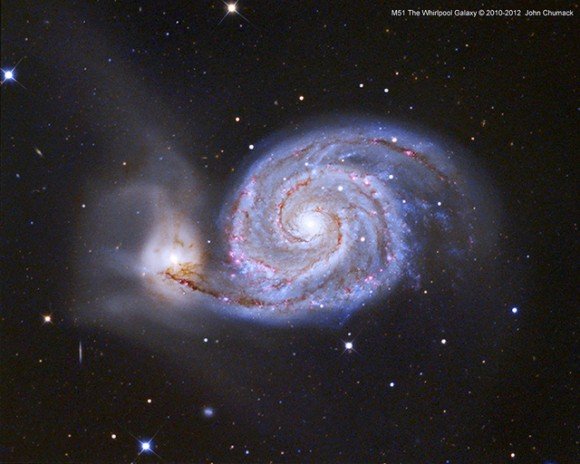
Hubble's View of the Polar Ring of Arp 230
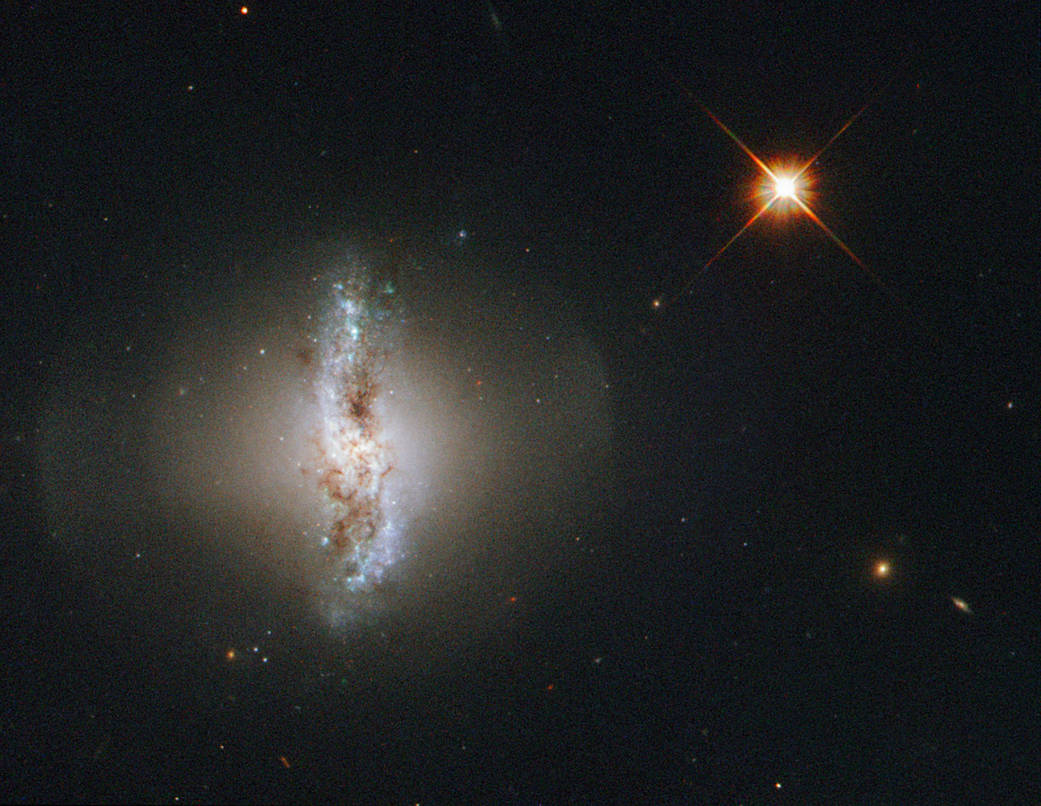
This image shows Arp 230, also known as IC 51, observed by the NASA/ESA Hubble Space Telescope.
Arp 230 is a galaxy of an uncommon or peculiar shape, and is therefore part of the Atlas of Peculiar Galaxies
produced by Halton Arp. Its irregular shape is thought to be the result of a violent collision with another galaxy sometime in the past.
The collision could also be held responsible for the formation of the galaxy’s polar ring.
The outer ring surrounding the galaxy consists of gas and stars and rotates over the poles of the galaxy.
It is thought that the orbit of the smaller of the two galaxies that created Arp 230 was perpendicular to the disk of the second,
larger galaxy when they collided. In the process of merging the smaller galaxy would have been ripped apart and may have formed the
polar ring structure astronomers can observe today.
Arp 230 is a galaxy of an uncommon or peculiar shape, and is therefore part of the Atlas of Peculiar Galaxies
produced by Halton Arp. Its irregular shape is thought to be the result of a violent collision with another galaxy sometime in the past.
The collision could also be held responsible for the formation of the galaxy’s polar ring.
The outer ring surrounding the galaxy consists of gas and stars and rotates over the poles of the galaxy.
It is thought that the orbit of the smaller of the two galaxies that created Arp 230 was perpendicular to the disk of the second,
larger galaxy when they collided. In the process of merging the smaller galaxy would have been ripped apart and may have formed the
polar ring structure astronomers can observe today.
Hubble Catches a Dusty Spiral in Virgo (NGC 4206)
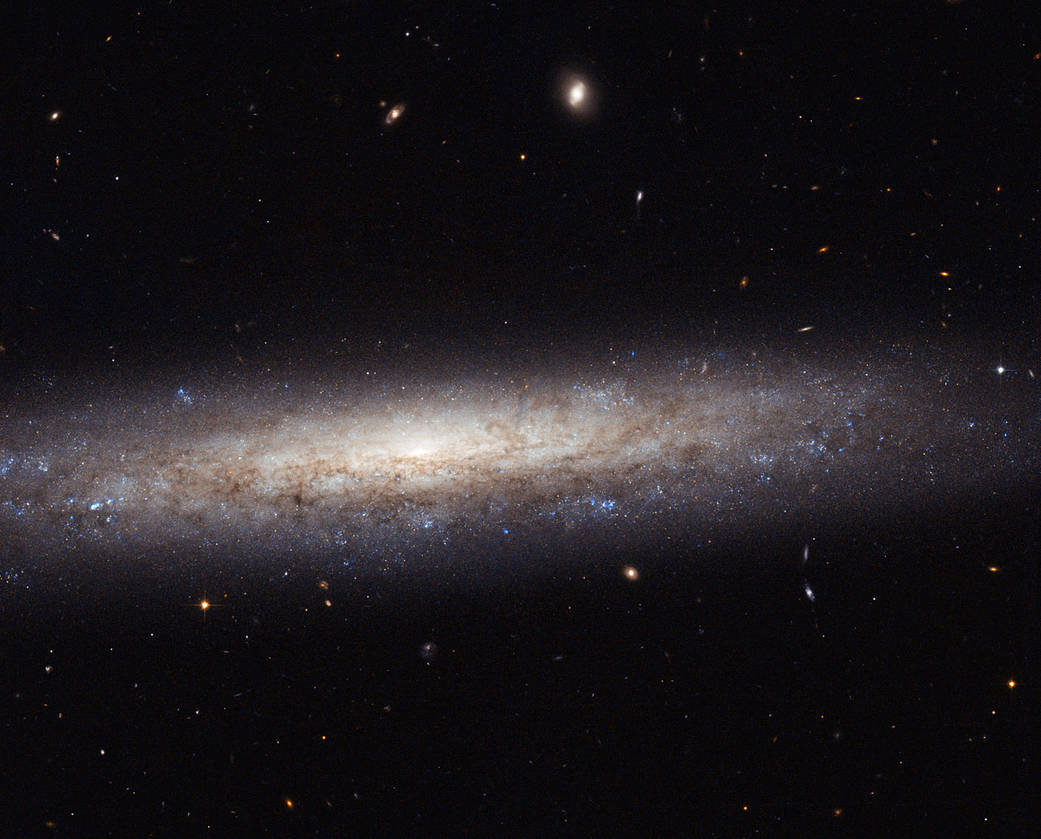
This magnificent new image taken with the NASA/ESA Hubble Space Telescope shows the edge-on spiral galaxy NGC 4206,
located about 70 million light-years away from Earth in the constellation of Virgo.
Captured here are vast streaks of dust, some of which are obscuring the central bulge,
which can just be made out in the center of the galaxy. Towards the edges of the galaxy,
the scattered clumps, which appear blue in this image, mark areas where stars are being born.
The bulge, on the other hand, is composed mostly of much older, redder stars, and very little star formation takes place.
located about 70 million light-years away from Earth in the constellation of Virgo.
Captured here are vast streaks of dust, some of which are obscuring the central bulge,
which can just be made out in the center of the galaxy. Towards the edges of the galaxy,
the scattered clumps, which appear blue in this image, mark areas where stars are being born.
The bulge, on the other hand, is composed mostly of much older, redder stars, and very little star formation takes place.
Astronomers discover colossal ‘super spiral’ galaxies
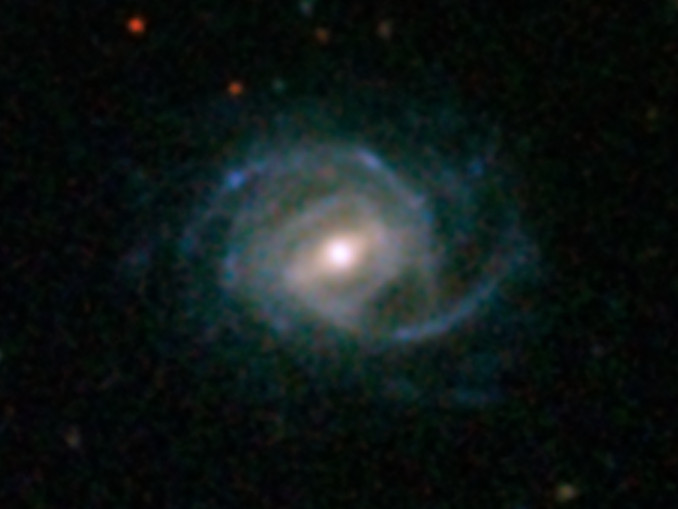
A huge galaxy with the moniker SDSS J094700.08+254045.7 stands as one of the biggest and brightest super spirals.
The mega-galaxy’s starry diss and spiral arms stretch about 320,000 light-years across, or more than three times the breadth of the Milky Way.
Image credit: SDSS.
The mega-galaxy’s starry diss and spiral arms stretch about 320,000 light-years across, or more than three times the breadth of the Milky Way.
Image credit: SDSS.
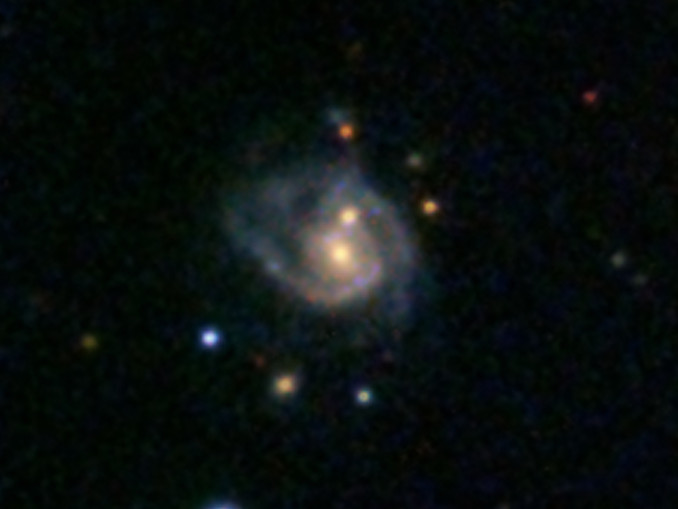
This super spiral, catalogued as 2MASX J08542169+0449308, contains two galactic nuclei, instead of just the usual one,
and thus looks like two eggs frying in a pan. Image credit: SDSS.
and thus looks like two eggs frying in a pan. Image credit: SDSS.
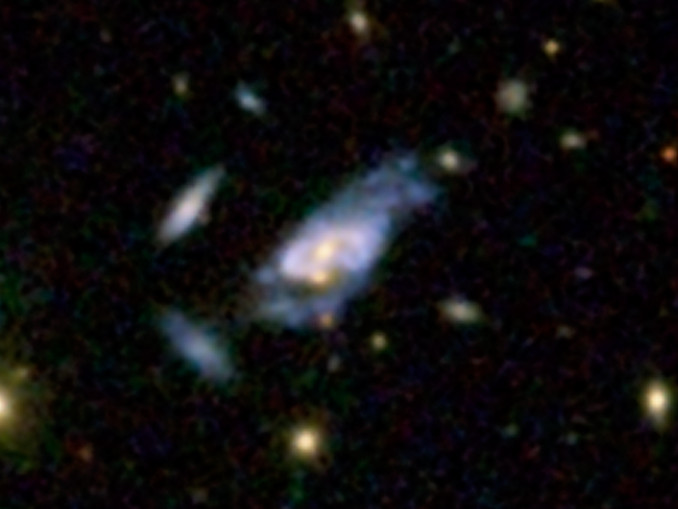
This image shows a super spiral designated 2MASX J16014061+2718161, and it also contains the double nuclei.
Image credit: SDSS.
Image credit: SDSS.
Hubble captures a low surface brightness galaxy
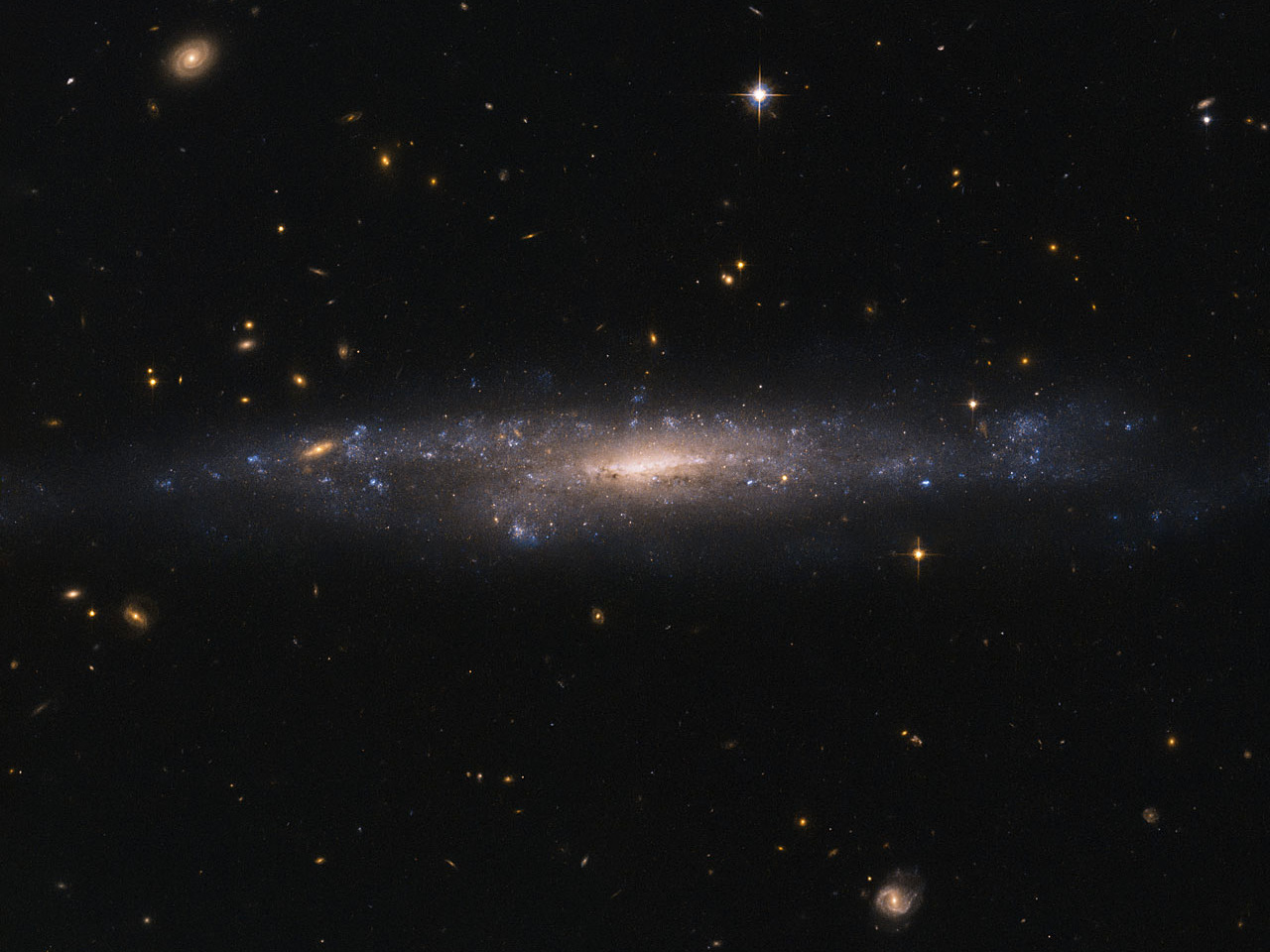
This striking NASA/ESA Hubble Space Telescope image captures the galaxy UGC 477,
located just over 110 million light-years away in the constellation of Pisces (The Fish).
UGC 477 is a low surface brightness (LSB) galaxy. First proposed in 1976 by Mike Disney,
the existence of LSB galaxies was confirmed only in 1986 with the discovery of Malin 1.
LSB galaxies like UGC 477 are more diffusely distributed than galaxies such as Andromeda and the Milky Way.
With surface brightnesses up to 250 times fainter than the night sky, these galaxies can be incredibly difficult to detect.
Image credit: ESA/Hubble & NASA. Acknowledgement: Judy Schmidt.
located just over 110 million light-years away in the constellation of Pisces (The Fish).
UGC 477 is a low surface brightness (LSB) galaxy. First proposed in 1976 by Mike Disney,
the existence of LSB galaxies was confirmed only in 1986 with the discovery of Malin 1.
LSB galaxies like UGC 477 are more diffusely distributed than galaxies such as Andromeda and the Milky Way.
With surface brightnesses up to 250 times fainter than the night sky, these galaxies can be incredibly difficult to detect.
Image credit: ESA/Hubble & NASA. Acknowledgement: Judy Schmidt.
Hubble sees a glittering sphere of stars in the Small Magellanic Cloud
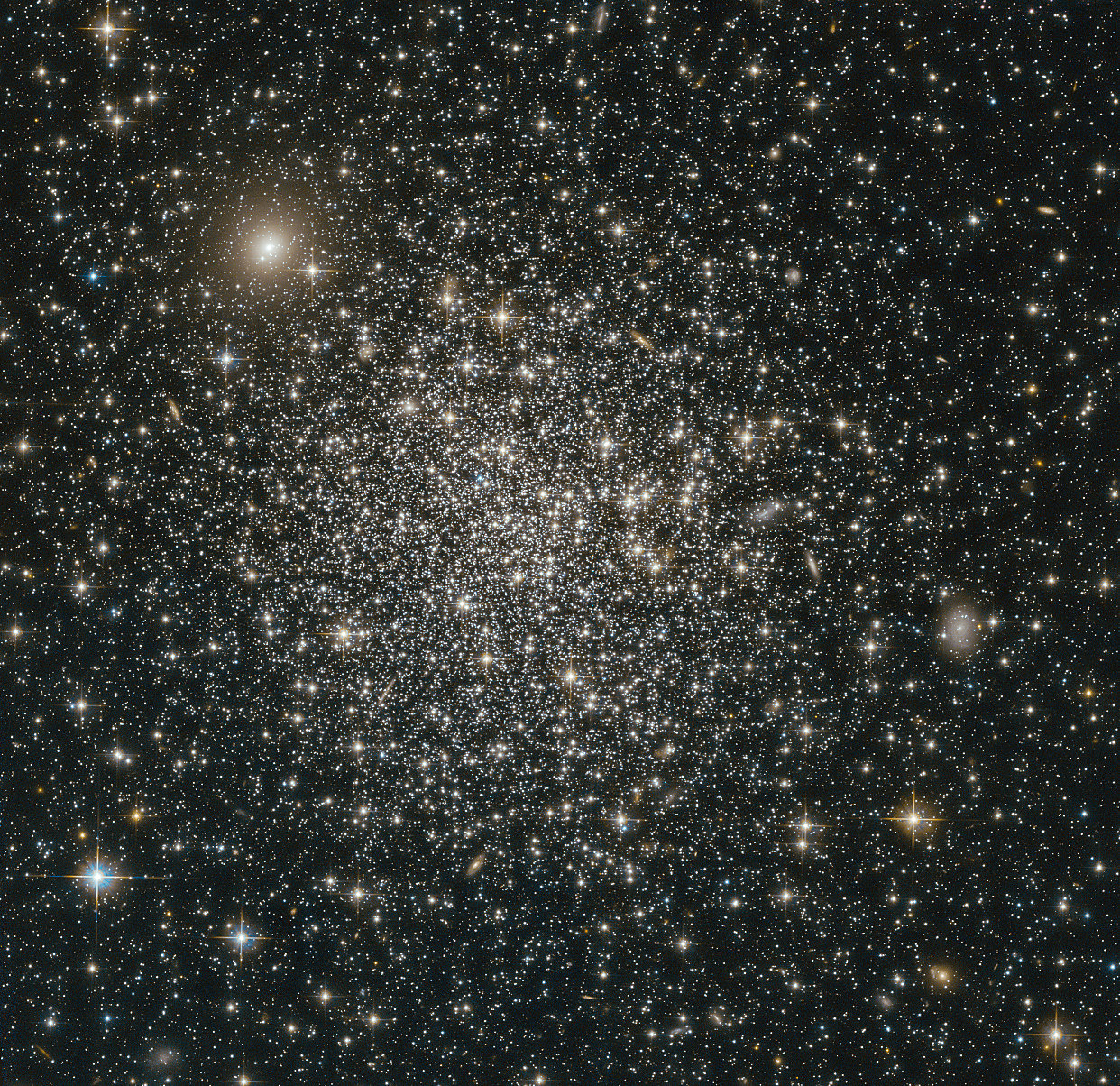
Image credit: ESA/Hubble & NASA. Acknowledgement: Judy Schmidt.
This NASA/ESA Hubble Space Telescope image reveals the simple beauty of NGC 339,
a massive intermediate age star cluster in the southern constellation of Tucana (The Toucan).
NGC 339 is part of the Small Magellanic Cloud (SMC), a dwarf galaxy that lies around
200,000 light-years away from us. Along with our own galaxy, the Milky Way, the SMC is one of a
collection of neighbouring galaxies known as the Local Group.
a massive intermediate age star cluster in the southern constellation of Tucana (The Toucan).
NGC 339 is part of the Small Magellanic Cloud (SMC), a dwarf galaxy that lies around
200,000 light-years away from us. Along with our own galaxy, the Milky Way, the SMC is one of a
collection of neighbouring galaxies known as the Local Group.
Hubble captures a birthday bubble
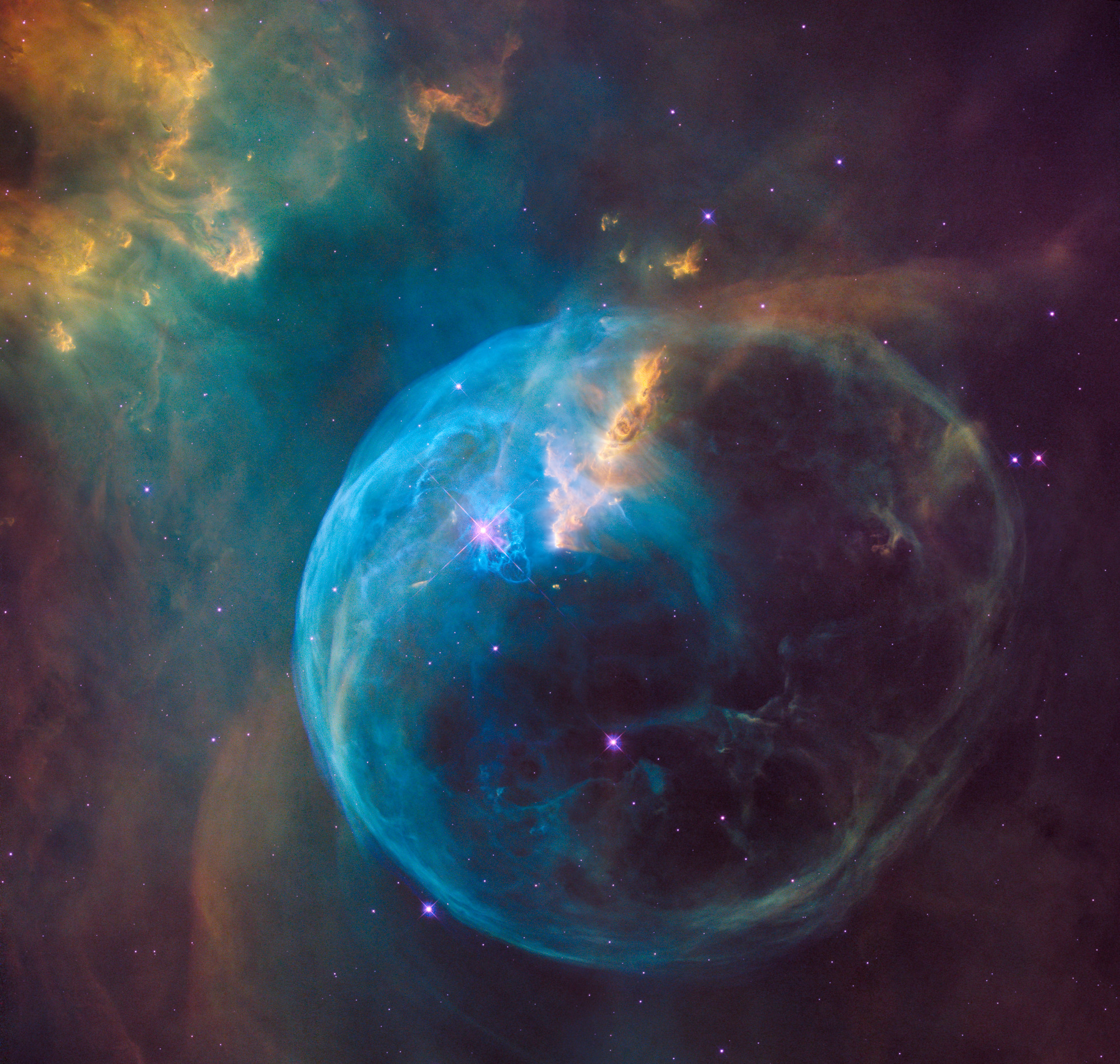
The Bubble Nebula, also known as NGC 7653, is an emission nebula located 8,000 light-years away
in the constellation Cassiopeia. This stunning new image was observed by the NASA/ESA Hubble Space Telescope
to celebrate its 26th year in space. Click the image for a full-size view.
Image credit: NASA, ESA, Hubble Heritage Team.
in the constellation Cassiopeia. This stunning new image was observed by the NASA/ESA Hubble Space Telescope
to celebrate its 26th year in space. Click the image for a full-size view.
Image credit: NASA, ESA, Hubble Heritage Team.
Hubble Images a Dusty Galaxy, Home to an Exploding Star
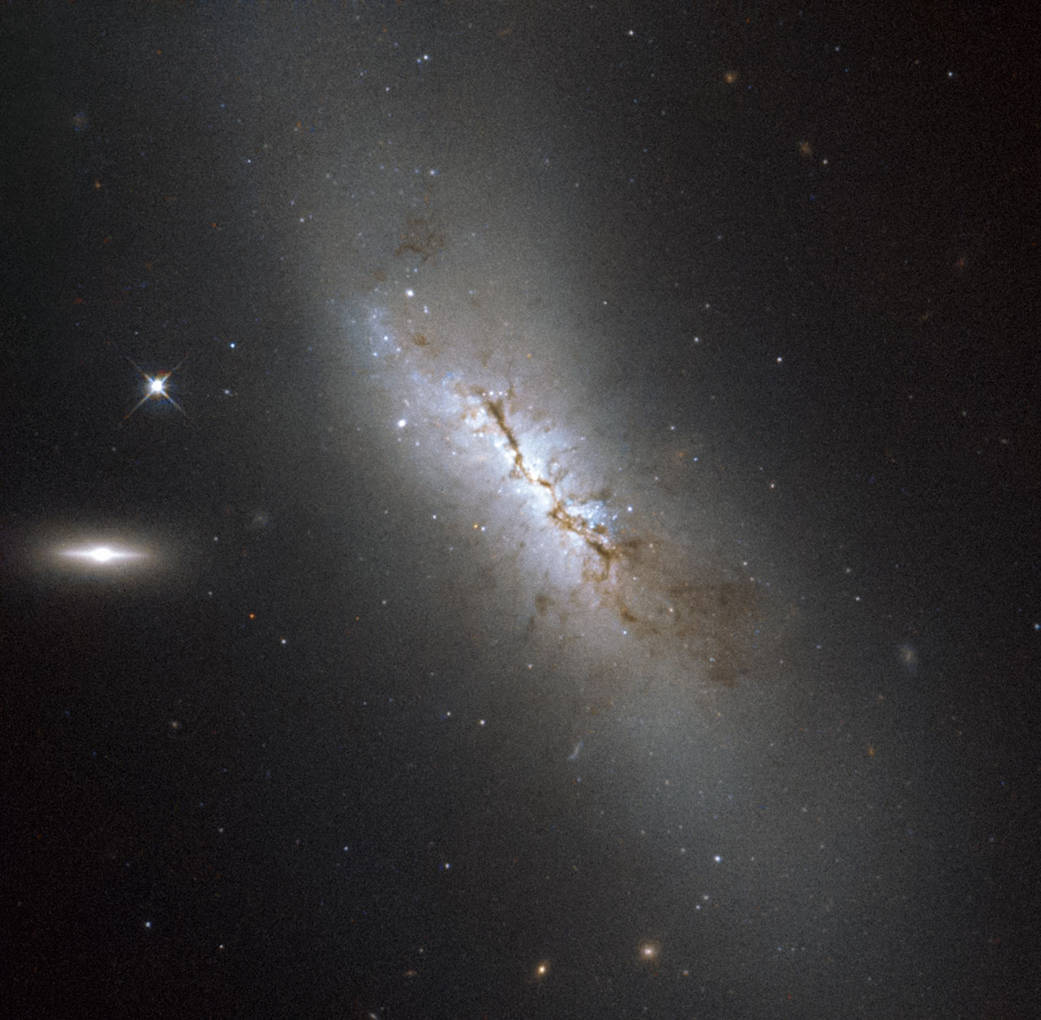
The galaxy pictured here is NGC 4424, located in the constellation of Virgo. It is not visible with the naked eye
but has been captured here with the NASA/ESA Hubble Space Telescope.
Although it may not be obvious from this image, NGC 4424 is in fact a spiral galaxy.
In this image it is seen more or less edge on, but from above, you would be able to see the arms
of the galaxy wrapping around its center to give the characteristic spiral form.
but has been captured here with the NASA/ESA Hubble Space Telescope. Although it may not be obvious from this image, NGC 4424 is in fact a spiral galaxy.
In this image it is seen more or less edge on, but from above, you would be able to see the arms
of the galaxy wrapping around its center to give the characteristic spiral form.
Young Mammoth Galaxy Cluster 12 Billion Lightyears Away
BY JESS MCHUGH @MCHUGHJESS ON 05/26/16 AT 2:28 PM
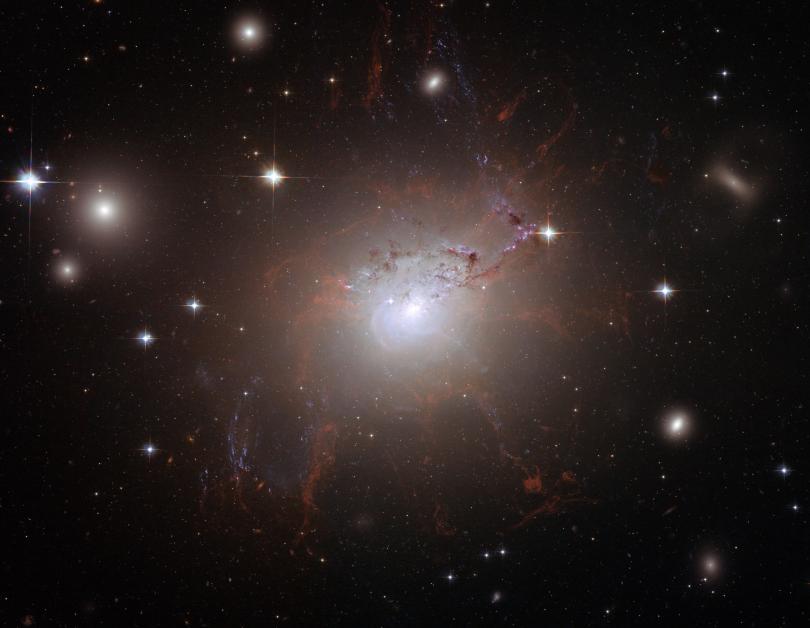
This handout image of the giant, active galaxy NGC 1275, obtained Aug. 21, 2008, was taken using the NASA/ESA Hubble Space Telescope?s
Advanced Camera for Surveys in July and August 2006.
PHOTO: NASA/GETTY IMAGES
News of the recently discovered galaxy cluster came as a study published in Nature
revealed how black holes have been able to curb the formation of galaxies.
Low-energy supermassive black holes in a class known as red geysers may be suppressing star
formation by creating strong intergalactic winds, the report said.
Advanced Camera for Surveys in July and August 2006. PHOTO: NASA/GETTY IMAGES News of the recently discovered galaxy cluster came as a study published in Nature
revealed how black holes have been able to curb the formation of galaxies.
Low-energy supermassive black holes in a class known as red geysers may be suppressing star
formation by creating strong intergalactic winds, the report said.
Hubble resolves globular cluster in the Large Magellanic Cloud ESA / HUBBLE & NASA PRESS RELEASE 20 June 2016 Astronomy Now
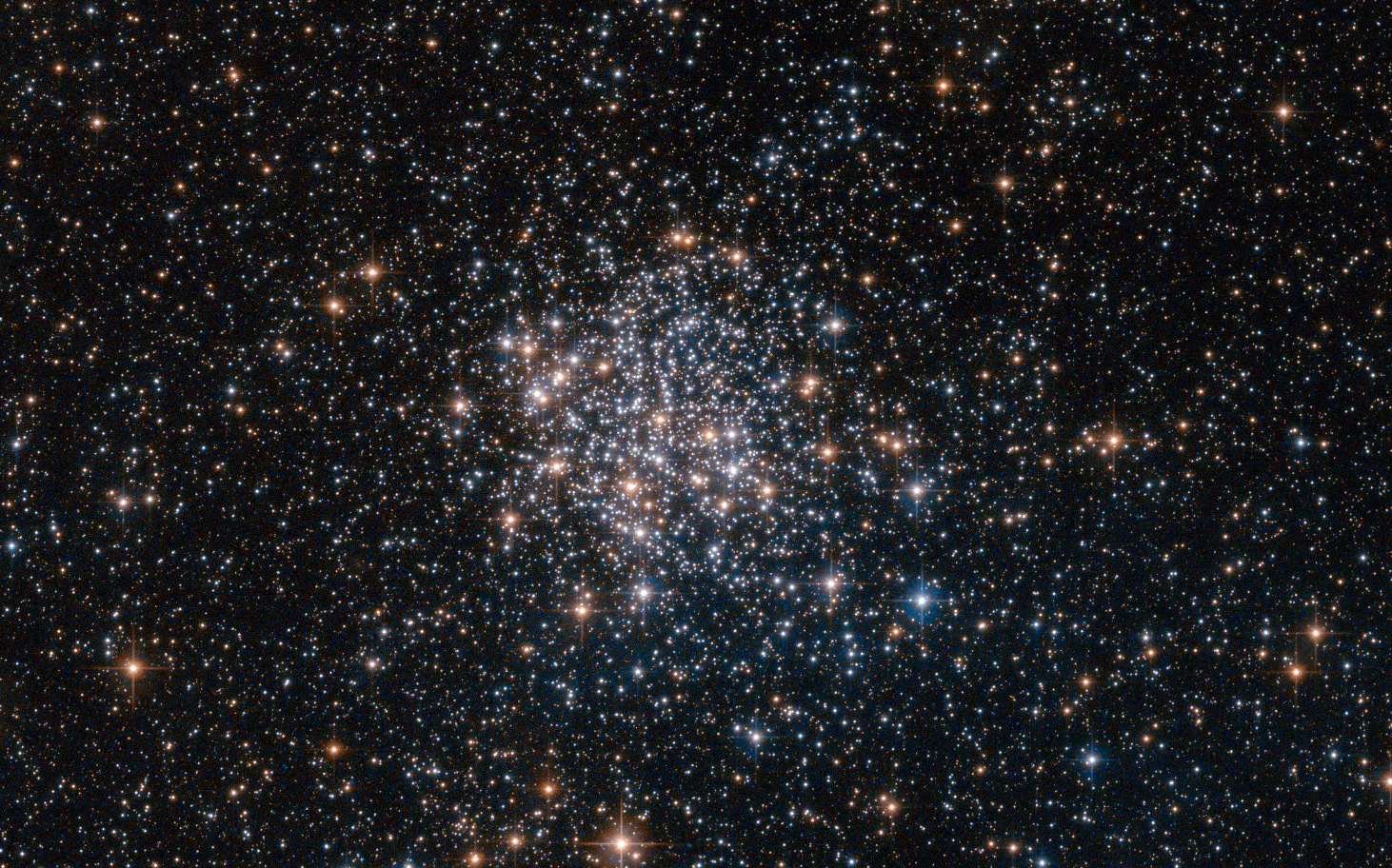
Magnitude +10.4 globular cluster NGC 1854 (α=05h 09m 20.2s, δ=-68° 50′ 56″ J2000.0) was discovered in 1826 by James Dunlop.
It lies 135,000 light-years away in the Large Magellanic Cloud. This Hubble Space Telescope view is just 2.4 x 1.5 arcminutes in size.
Click the image for a larger version. Image credit: ESA/Hubble & NASA.
This NASA/ESA Hubble Space Telescope image shows the globular cluster NGC 1854, a gathering of white and blue stars
in the southern constellation of Dorado (The Dolphinfish). NGC 1854 is located about 135,000 light-years away,
in the Large Magellanic Cloud (LMC), one of our closest cosmic neighbours and a satellite galaxy of the Milky Way.
It lies 135,000 light-years away in the Large Magellanic Cloud. This Hubble Space Telescope view is just 2.4 x 1.5 arcminutes in size.
Click the image for a larger version. Image credit: ESA/Hubble & NASA. This NASA/ESA Hubble Space Telescope image shows the globular cluster NGC 1854, a gathering of white and blue stars
in the southern constellation of Dorado (The Dolphinfish). NGC 1854 is located about 135,000 light-years away,
in the Large Magellanic Cloud (LMC), one of our closest cosmic neighbours and a satellite galaxy of the Milky Way.
Hubble views the iridescent interior of a starburst galaxy ESA / HUBBLE & NASA PRESS RELEASE
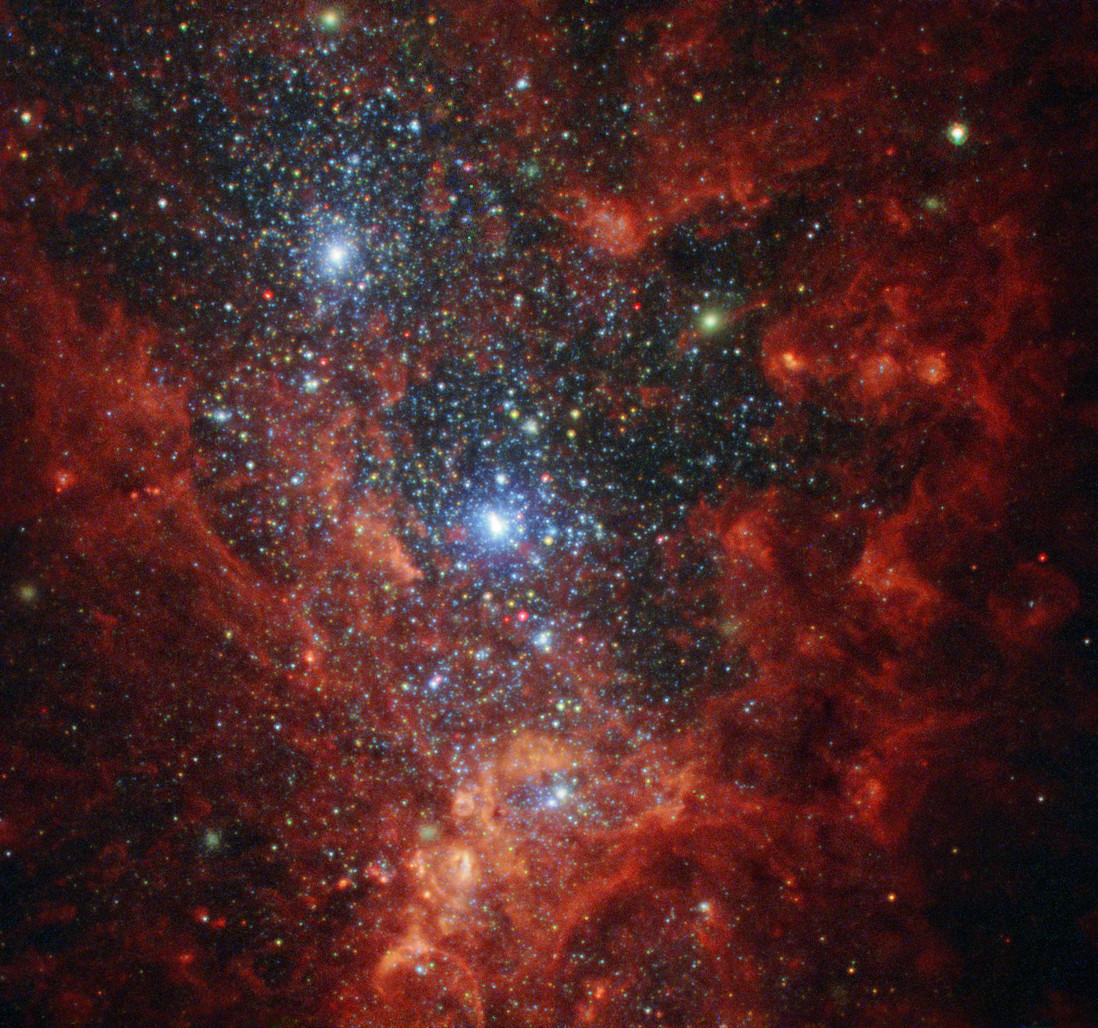
Staburst galaxy NGC 1569 (α=4h 30.8m, δ=+64° 51′ J2000), 11 million light-years away in the constellation of Camelopardalis.
Image credit: ESA/Hubble & NASA, Aloisi, Ford. Acknowledgement: Judy Schmidt.
Image credit: ESA/Hubble & NASA, Aloisi, Ford. Acknowledgement: Judy Schmidt.
From the hubblesite
This is the Space telescope Main page
Here is Space Telescope's Hidden treasure project
Here is Hubble site !!!
AND Hubblesite's Additional resources page
Hubble site's is the Hubblesite's legacy archive
And here is Hubble site news release archive
A related site Tony Darnell's Deep Astronomy.com
Click here to return to top of this page
This section for cosmic background experiments at the University of Pennsylvania
here is the mainpage for The Univesity of Pennsylvanis's UPEEN5 Home page
Here is the Home page for Cosmic Background MicroWave Experiments
This link for NASA's Microwave Anisotropy Probe Web Page
Here is the Wilkinson Microwave Anisotrophy Probe
And here for The University of Chicago Wayne Hu's Cosmology web page
And the University of Pennsylvania's cosmo;ogist Max Tegmark
Microscopic "Timers" Reveal Likely Source of Galactic Space Radiation
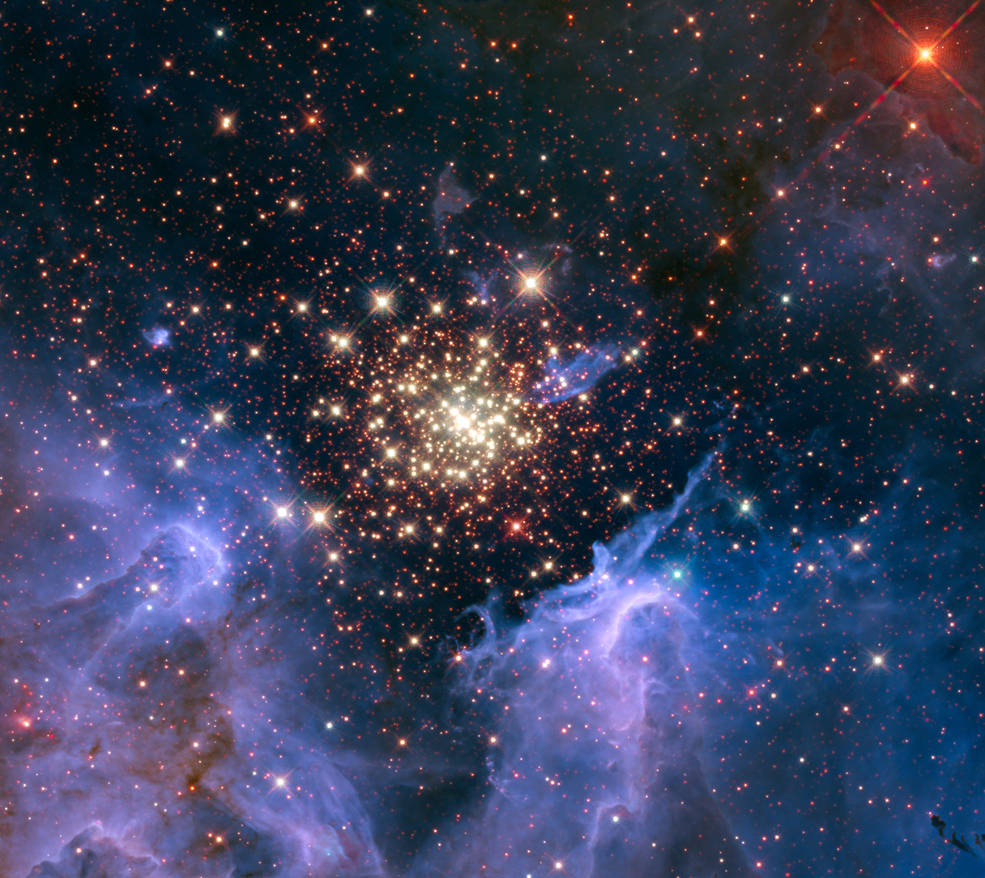
A cluster of massive stars seen with the Hubble Space Telescope. The cluster is surrounded by clouds of interstellar
gas and dust called a nebula. The nebula, located 20,000 light-years away in the constellation Carina,
contains the central cluster of huge, hot stars, called NGC 3603. Recent research shows that galactic cosmic rays
flowing into our solar system originate in clusters like these.
Like a July 4 fireworks display, a young, glittering collection of stars looks like an aerial burst.
The cluster is surrounded by clouds of interstellar gas and dust—the raw material for new star formation.
The nebula, located 20,000 light-years away in the constellation Carina, contains a central cluster of huge, hot stars, called NGC 3603.
This environment is not as peaceful as it looks. Ultraviolet radiation and violent stellar winds have blown out an enormous cavity
in the gas and dust enveloping the cluster, providing an unobstructed view of the cluster.
Most of the stars in the cluster were born around the same time but differ in size, mass, temperature, and color.
The course of a star's life is determined by its mass, so a cluster of a given age will contain stars in various stages of their lives,
giving an opportunity for detailed analyses of stellar life cycles. NGC 3603 also contains some of the most massive stars known.
These huge stars live fast and die young, burning through their hydrogen fuel quickly and ultimately ending their lives in supernova explosions.
Star clusters like NGC 3603 provide important clues to understanding the origin of massive star formation in the early, distant universe.
Astronomers also use massive clusters to study distant starbursts that occur when galaxies collide, igniting a flurry of star formation.
The proximity of NGC 3603 makes it an excellent lab for studying such distant and momentous events.
This Hubble Space Telescope image was captured in August 2009 and December 2009 with the Wide Field Camera 3 in both
visible and infrared light, which trace the glow of sulfur, hydrogen, and iron.
Credit: NASA, ESA, R. O'Connell (University of Virginia), F. Paresce (National Institute for Astrophysics, Bologna, Italy),
E. Young (Universities Space Research Association/Ames Research Center),
the WFC3 Science Oversight Committee, and the Hubble Heritage Team (STScI/AURA)
Click here to return to top of this page
Astronomy Magazines
SKY & TELESCOPE MAGAZINE,Sky & Telescope Publishing
Here is Sky and Telescope's Internet resource page
This page is a sub page of mine to access special Sky & Telescope services
This is sub page to link you to Large Telescope projects!
The Large Scope Resource pageThis is Kalmbach Publishing's Sister Publication E A R T H
Astronomy Magazine has an alternate WEB PAGE Astronomy's magazines alternate web page
Here is Videos from Astronomy Magazine
Click here to return to top of this page
Headline news from Space!
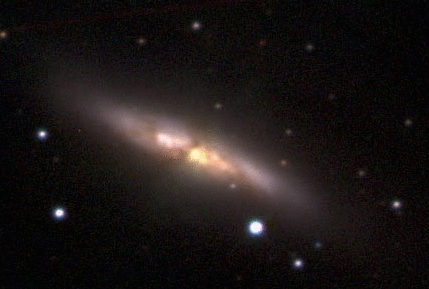
by BOB KING on OCTOBER 30, 2014
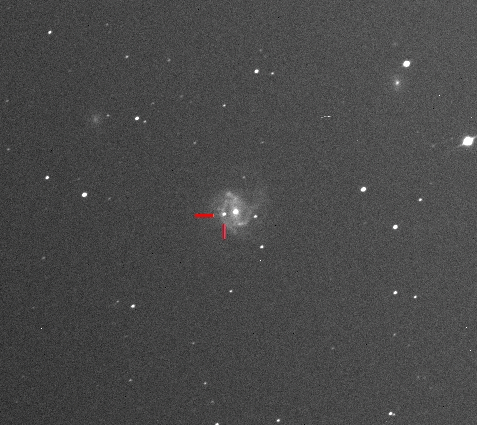
An animation showing the new supernova in the galaxy M61 photographed on October 30, 2014,
paired with an older archive photo Credit: Ernesto Guido, Martino Nicolini, Nick Howes
I sat straight up in my seat when I learned of the discovery of a possible new supernova in the bright Virgo galaxy M61.
Since bright usually means close, this newly exploding star may soon become visible in smaller telescopes.
It was discovered at magnitude +13.6 on October 29th by Koichi Itagaki of Japan, a prolific hunter of supernovae
with 94 discoveries or co-discoveries to his credit.

|
Here is a page devoted to Space news
Jonathan's Weekly Newsletter about Space
Click here for
Science Headlines from NASA
From the Japanese space agency
Earth rise from the MOON!
Here is a page devoted to Space news Jonathan's Weekly Newsletter about Space
Click here for Science Headlines from NASA
From the Japanese space agency Earth rise from the MOON!
The Higgs Boson Explained from PHD Comics on Vimeo.
Click here for The African-European Radio Astronomy Platform
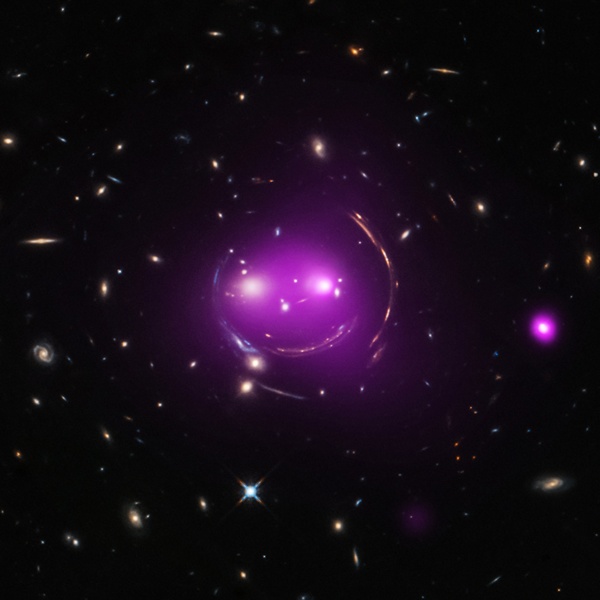
This group of galaxies has been nicknamed the "Cheshire Cat" because of its resemblance to a smiling feline.
Some of the cat-like features are actually distant galaxies whose light has been stretched and bent by the
large amounts of mass contained in foreground galaxies. This is an effect called "gravitational lensing,"
predicted by Einstein's Theory of General Relativity that is celebrating its 100th anniversary. X-rays from
Chandra show that the two "eye" galaxies and the smaller galaxies associated with them are slamming into one another
in a giant galactic collision.
X-ray: NASA/CXC/UA/J.Irwin et al; Optical: NASA/STSci
NEARBY SUPERNOVAS SHOWERED EARTH WITH IRON
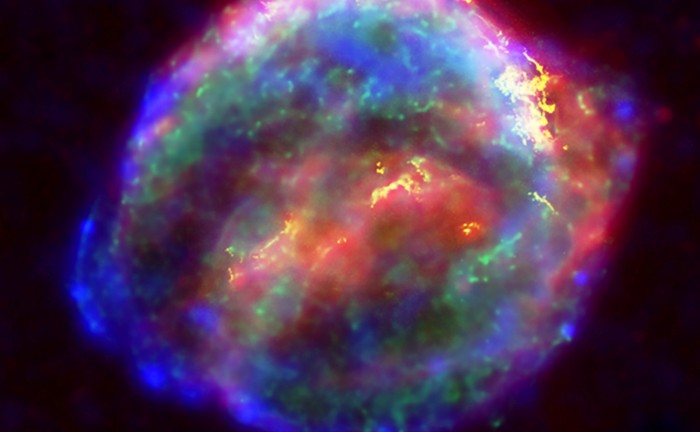
Visible, infrared, and X-ray light image of Kepler's supernova remnant (SN 1604) located about 13,000 light-years away.
Credit: NASA, ESA, R. Sankrit and W. Blair (Johns Hopkins University).

The Local Bubble is a 300-light-year long region that was carved out of the interstellar medium by supernovas
(Source: Science@NASA)
Home/News/New observations of FO Aquarii reveal strange behavior within this cannibalistic binary system

An artist’s rendition of cataclysmic variable binary system, in which a compact star pulls material off its companion and consumes it. FO Aquarii, a famous binary system comprised of a compact white dwarf stripping mass from a low-mass companion star, has decided to misbehave. When a National Science Foundation Research Experiences for Undergraduates (REU) student at the University of Notre Dame turned the school’s 0.8-meter telescope on these stars, she observed a pattern of behavior that has been, thus far, unexplainable. CREDIT: NASA
THE MAGELLENIC CLOUDS STAY CONNECTED BY A STRING OF STARS
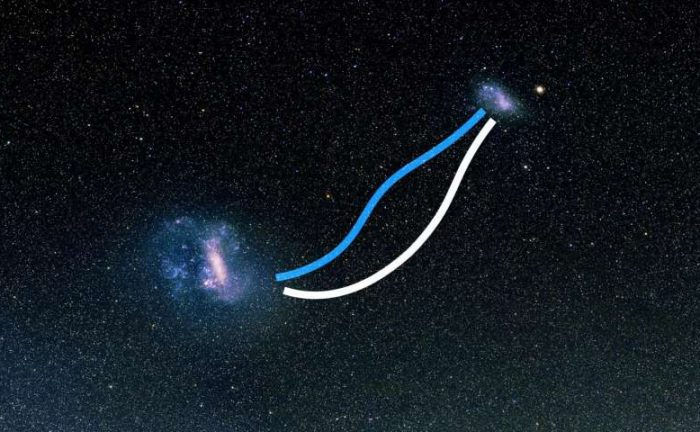
This image shows the two "bridges" that connect the Large and Small Magellanic Clouds. The white line traces the bridge of stars that flows between the two dwarf galaxies, and the blue line shows the gas. Image: V. Belokurov, D. Erkal and A. Mellinger
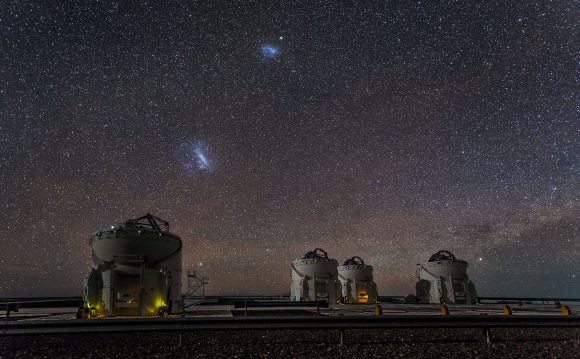
Small and Large Magellanic Clouds over Paranal Observatory Credit: ESO/J. Colosimo
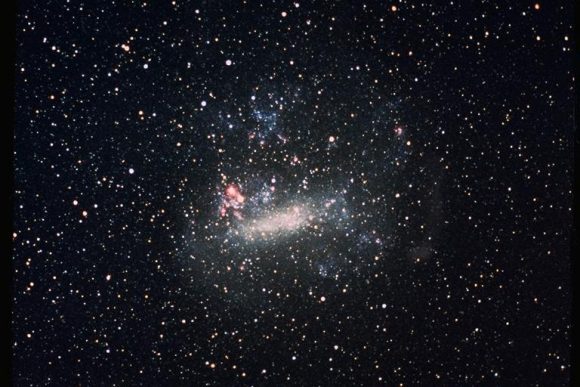
The Large Magellanic Cloud. Image: Public Domain from wikipedia
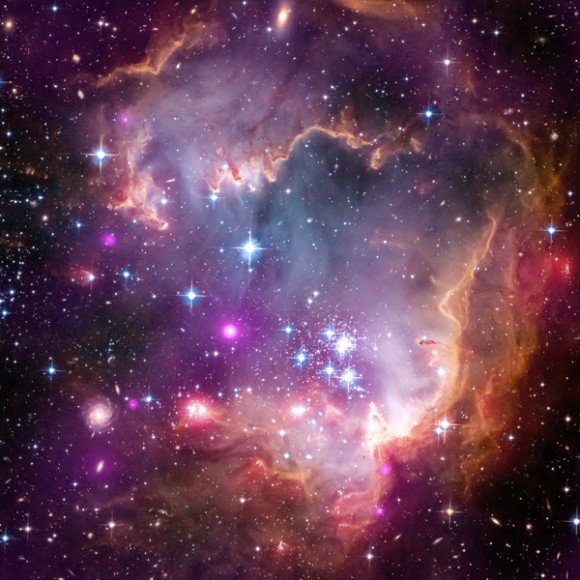
A part of the Small Magellanic Cloud galaxy is dazzling in this image from NASA’s Great Observatories. The Small Magellanic Cloud is about 200,000 light-years way from our own Milky Way spiral galaxy. Credit: NASA.
Hubble Snaps Photo of Unusual Spiral Galaxy NGC 6753
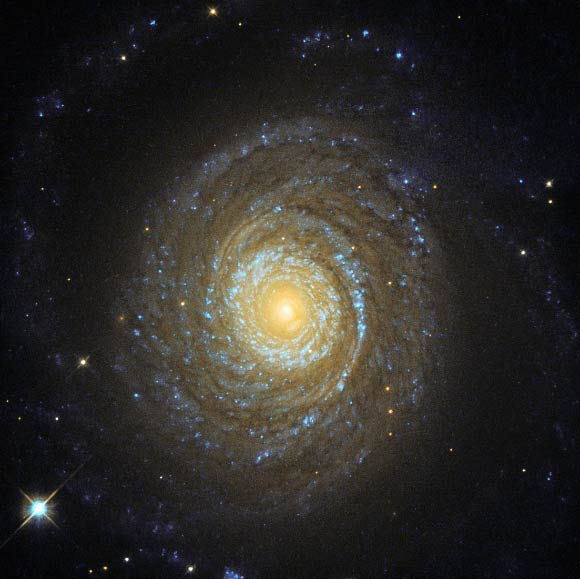
This image shows the spiral galaxy NGC 6753, which lies in the constellation Pavo, about 148 million light-years away. Image credit: NASA / ESA / Hubble / Judy Schmidt. NGC 6753 is a whirl of color in this remarkable image from the NASA/ESA Hubble Space Telescope — the bursts of blue throughout the spiral arms are regions filled with young stars glowing brightly in ultraviolet light, while redder areas are filled with older stars emitting in the cooler near-infrared For detailed information on NGC 6753
From Space.com: Exoplanet 2M1510 (AB) b’s is an unusual polar orbit of a pair of brown dwarfs. Full Story: Credit: ESO Directed by: Angelos Tsaousis and Martin Wallner. Editing: Angelos Tsaousis. Web and technical support: Raquel Yumi Shida and Edison Arango. Written by: Amy Briggs and Sean Bromilow. Music: Stellardrone - Twilight. Footage and photos: ESO / Luis Calçada, Cristoph Malin (chr
ASTRONOMERS FIND THE MISSING NORMAL MATTER IN THE UNIVERSE, STILL LOOKING FOR DARK MATTER, THOUGH
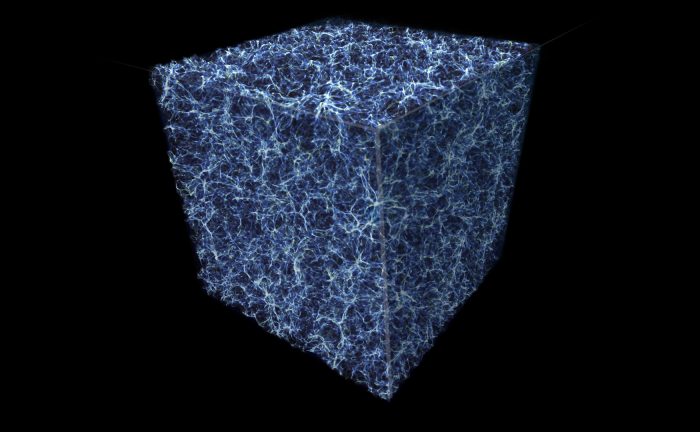
The structure of the universe at the largest scale. Credit: NASA, ESA, and E. Hallman (University of Colorado, Boulder)

All-sky data obtained by the ESA’s Planck mission, showing the different wavelenghts. Credit: ESA
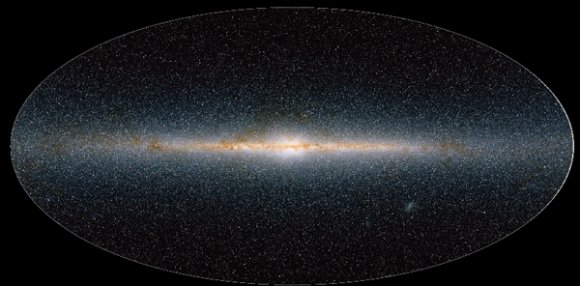
IR map of the whole Galaxy showing the plane and bulge of the Galaxy full of stars and dust. Credit: SDSS

This illustration shows the evolution of the Universe, from the Big Bang on the left, to modern times on the right. Image: NASA
ASTRONOMERS FIND THE MOST DISTANT SUPERNOVA EVER:
10.5 BILLION LIGHT-YEARS AWAY
10.5 BILLION LIGHT-YEARS AWAY

This image shows the incredibly distant and ancient supernova DES16C2nm. The supernova was discovered by the Dark Energy Survey. Image: Mat Smith and DES collaboration.
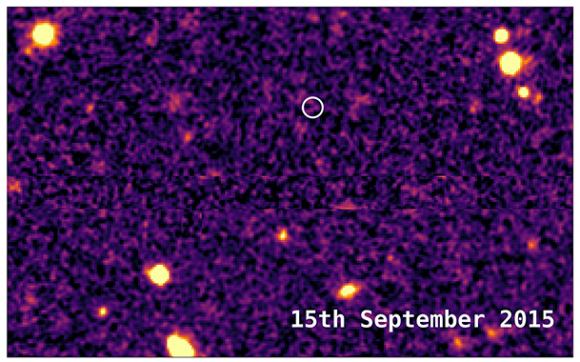
This image from 2015 shows the same area of sky before DES16C2nm exploded. Image: Mat Smith and DES collaboration.

The DECam in operation at its home in the Chilean Andes. The extremely sensitive, 570 megapixel camera is mounted on the Victor M. Blanco 4-meter Telescope at the Cerro Tololo Inter-American Observatory. Image: DES/CTIO
ASTRONOMERS SEE A DEAD STAR COME BACK TO LIFE THANKS TO A DONOR STAR
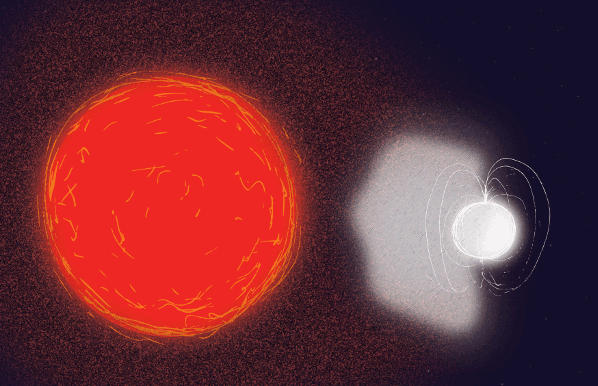
The ESA's INTEGRA observatory has witnessed a "zombie" neutron star being re-energized by the solar wind of its companion red giant star, and coming back to life in a burst of x-rays. Image: ESA
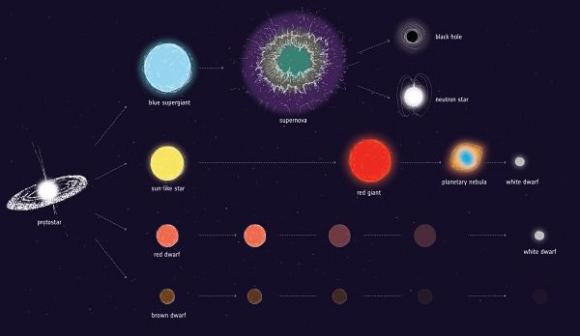
The red giant and the neutron star may have traveled different evolutionary pathways, but proximity made them partners. Image: ESA
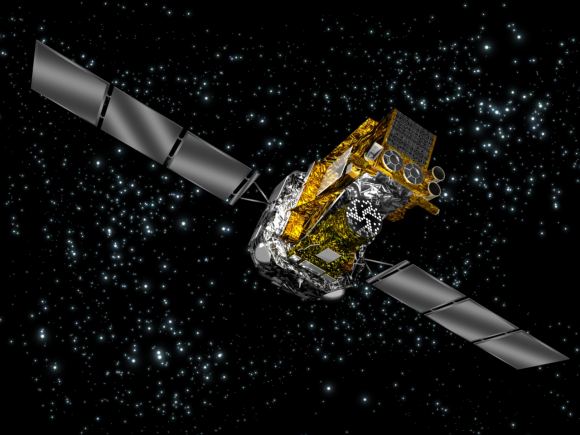
An artist’s illustration of ESA's INTEGRA observatory. INTEGRAL was launched in 2002 to study some of the most energetic phenomena in the universe. Image: ESA
OCTOBER 25, 2018 BY MATT WILLIAMS
Binary Stars Orbiting Each Other INSIDE a Planetary Nebula

Planetary nebulae are a fascinating astronomical phenomena, even if the name is a bit misleading. Rather than being associated with planets, these glowing shells of gas and dust are formed when stars enter the final phases of their lifespan and throw off their outer layers. In many cases, this process and the subsequent structure of the nebula is the result of the star interacting with a nearby companion star.
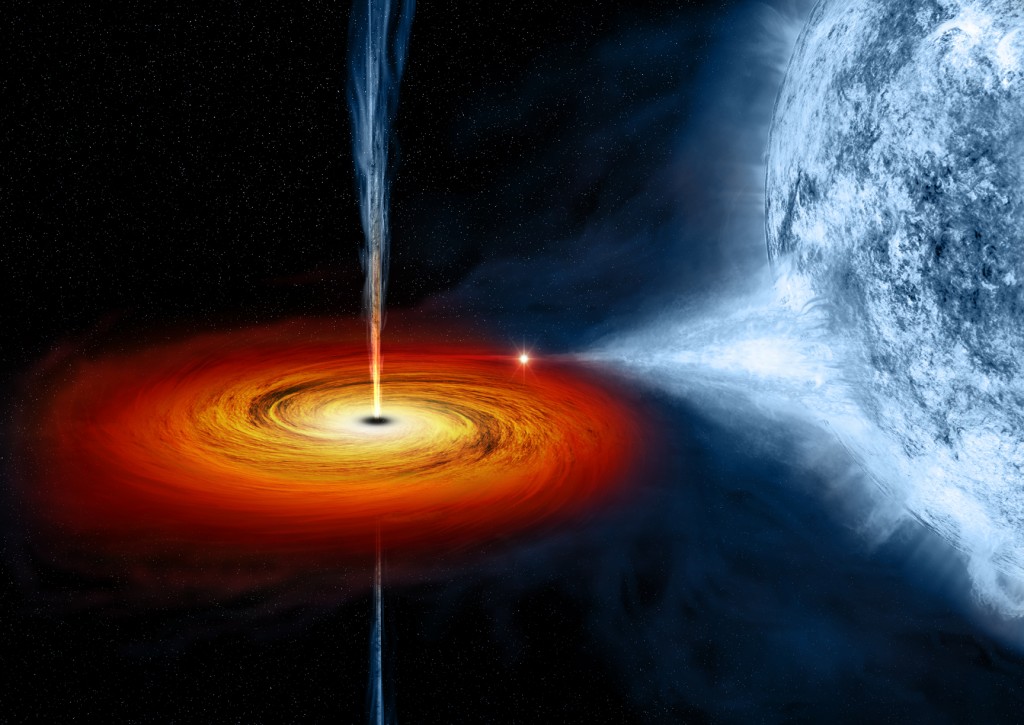
Artist’s impression of a pulsar siphoning material from a companion star. Credit: NASA
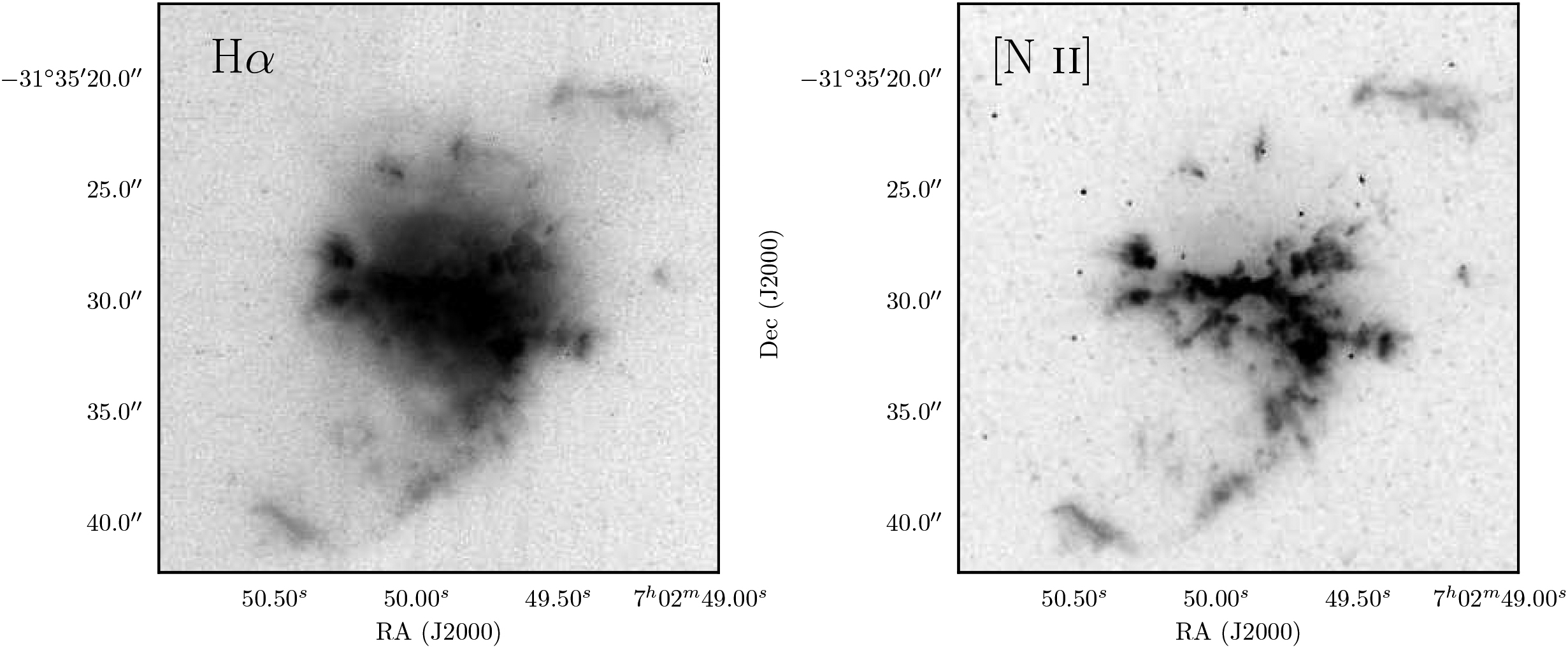
HST archival imagery of M 3-1 showing its remarkable filamentary waist and extended jet-like structures. Credit: David Jones et al (2018)./RAS

This artist’s impression shows VFTS 352 — the hottest and most massive double star system to date where the two components are in contact and sharing material. Credit: ESO/L. Calçada
Newly forming star has spiral arms like a tiny galaxy
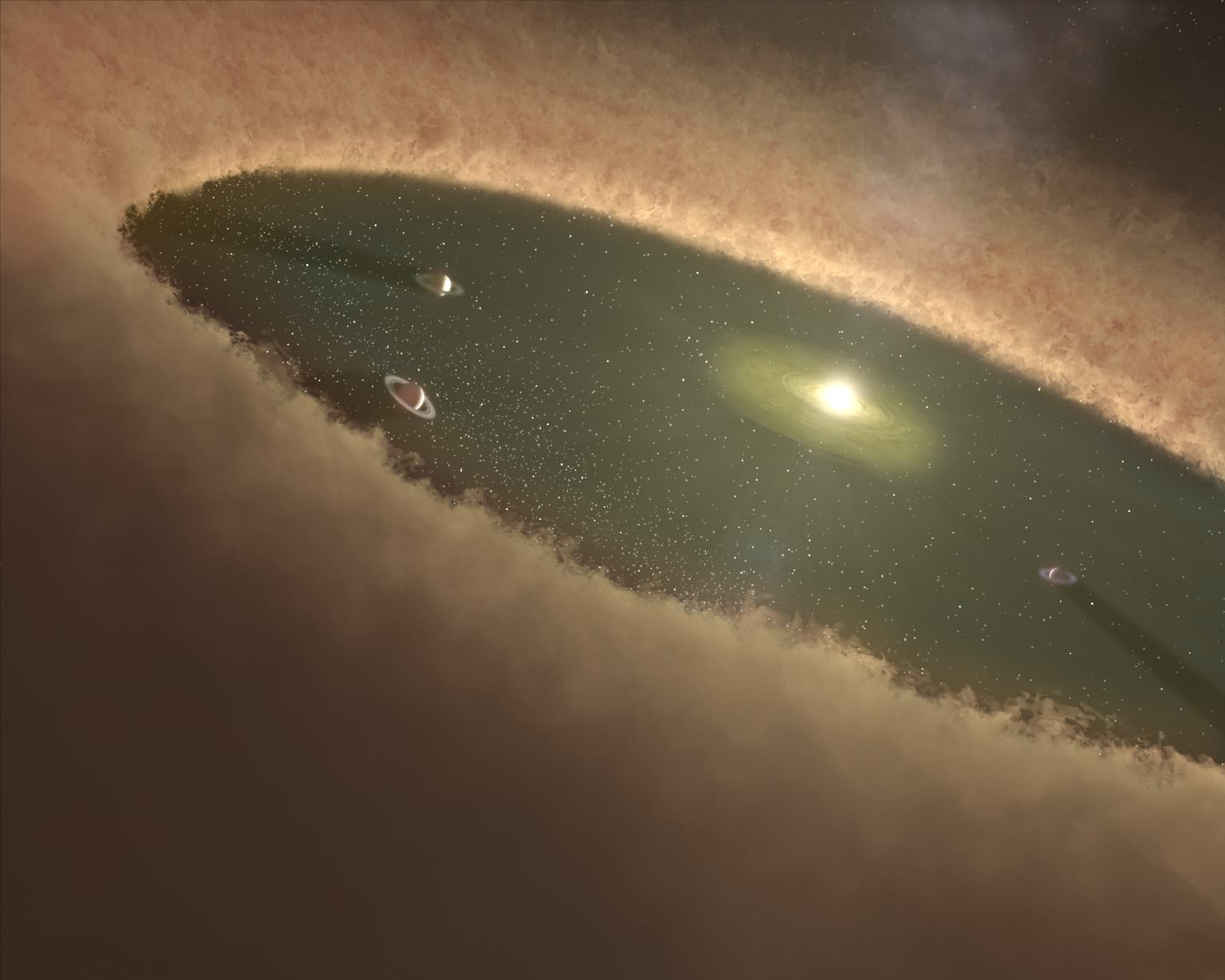
Protoplanetary disks – where young stars are forming their families of planets – usually form concentric rings of gaps. But astronomers have recently spotted a surprising situation: an adolescent star surrounded by galaxy-like spiral arms.
Spiral arms, the galactic traffic jams - Ask a Spaceman
A short clip from Episode 16! Subscribe: Keep those questions coming to #AskASpaceman! License Creative Commons Attribution license (reuse allowed)
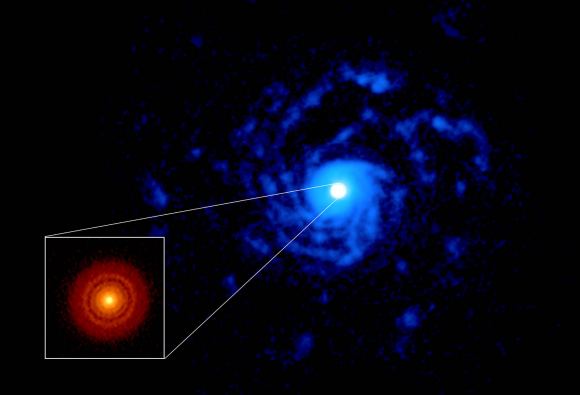
ALMA image of the planet-forming disk around the young star RU Lup. The inset image (lower left, red disk) shows a previous (DSHARP) observation of the dust disk with rings and gaps that hint at the presence of forming planets. The new observation shows a large spiral structure (in blue), made out of gas, that spans far beyond the compact dust disk. Credit: ALMA (ESO/NAOJ/NRAO), J. Huang and S. Andrews; NRAO/AUI/NSF, S. Dagnello
Click here to return to top of page
An exploration of the idea of anti-dark matter and quasi stars and other objects that cannot exist in the universe right now, but may in the future and may have in the past. My Patreon Page: / johnmichaelgodier My Event Horizon Channel:/ eventhorizonshow
Music:
Cylinder Eight by Chris Zabriskie is licensed under a Creative Commons Attribution 4.0 license Source: Cylinder Five by Chris Zabriskie is licensed under a Creative Commons Attribution 4.0 license. Source:
Oumuamua !!!!!!!!!!!!!!!!!!!!!
‘Oumuamua: A Hydrogen Iceberg?
Can Hydrogen icebergs even exist?????
Cosmic Snow Clouds: Self-gravitating Gas Spheres Manifesting Hydrogen Condensation (PDF)
Mark A. Walker1 and Mark J. Wardle2 1 Manly Astrophysics, 15/41-42 East Esplanade, Manly, NSW 2095, Australia; Mark.Walker@manlyastrophysics.org 2 Department of Physics and Astronomy, Macquarie University, Sydney, NSW 2109, Australia; Mark.Wardle@mq.edu.au Received 2018 December 9; revised 2019 June 10; accepted 2019 June 11; published 2019 August 13
Article Oumuamua strange velocity change
COULD SOLAR RADIATION PRESSURE EXPLAIN ‘OUMUAMUA’S PECULIAR ACCELERATION? (PDF)
Click here to return to top of this page
This section astro databases
Here is a A list of astro databases from Wikipedia
And here from from the astro league:Urban Program - Double and Variable Stars List
Here is the database solstation.com
And here for Internet stellar database.com
AND HERE FOR Atlas of the UNIVERSE
From the DVAA's E-list Webb Deepsky from Great Britian
Here is Webb Deep sky Catalog of the Brightest Planetary Nubulae in .pdf format
The web site for American Association of Variable Star Observers
Here is A database of Transit times from the Exoplanet Transit Database
To search data on Nasa's Planetary database of Space missions click here
A database for NASA"s IPAC Extragalactic DATABASE
Another databse The Simbad Astronomical database
This the The Hubble Legacy Archive!!
The Candels Informative about page
A database for Photograghs from The STScI Digitized Sky Survey
The AAVSO International High Energy Network
By Al LAmpert, Delaware Valley Amateur Astronomers
Astronomers Create Largest-Ever Catalog Of Cosmic Voids
Welcome to the Public Cosmic Void Catalog
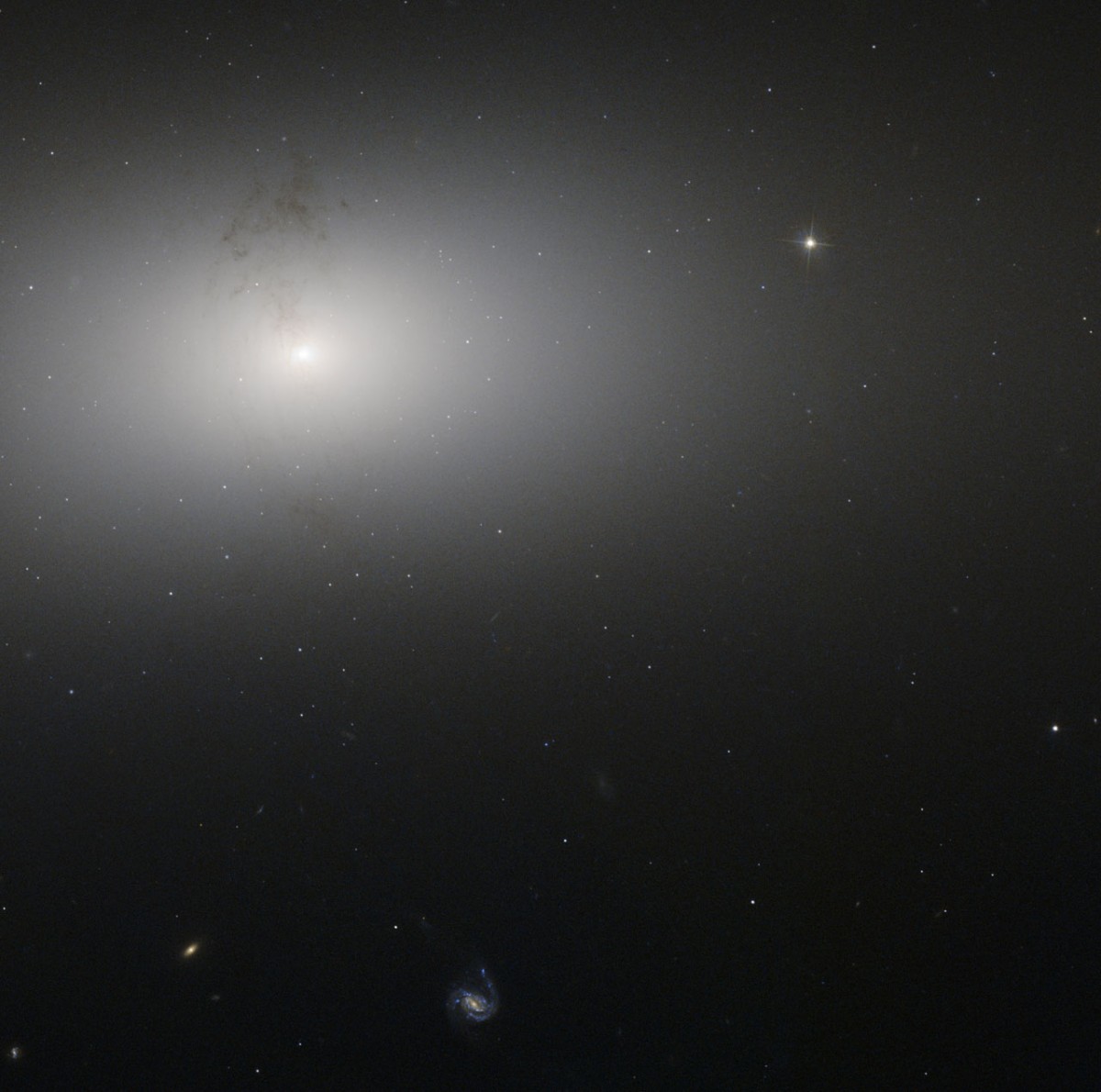
The cosmic voids mapped by the team are not completely empty and do contain some luminous elliptical galaxies,
perhaps not unlike NGC 2768, an elliptical galaxy located in the northern constellation of Ursa Major (The Great Bear).
NGC 2768 appears here as a bright oval on the sky, surrounded by a wide, fuzzy cloud of material.
Credit: ESA/NASA, Hubble; Acknowledgement: Judy Schmidt
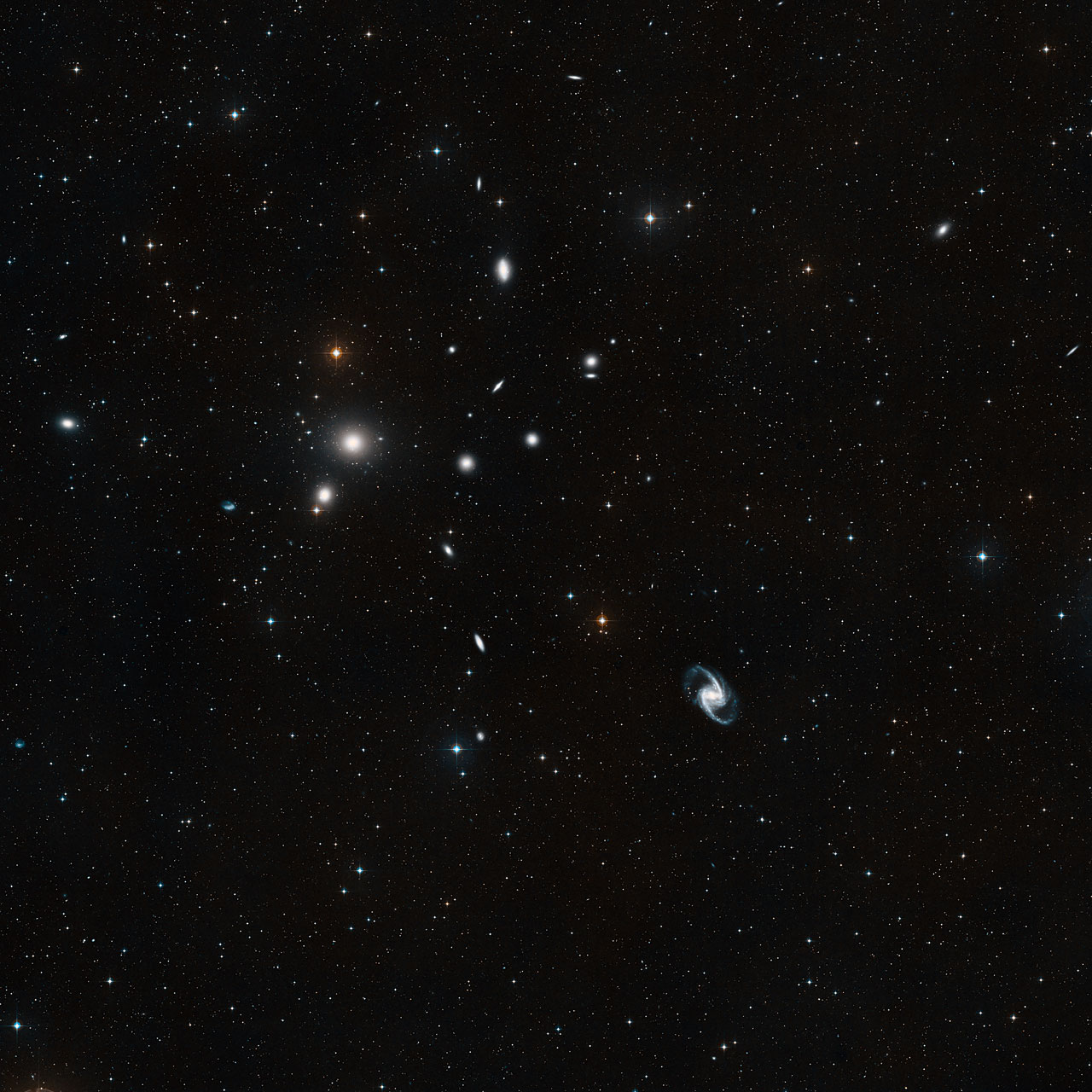
The Fornax Galaxy Cluster is one of the closest such groupings beyond our own Local Group of galaxies.
Credit: ESO and Digitized Sky Survey 2. Acknowledgment: Davide De Martin
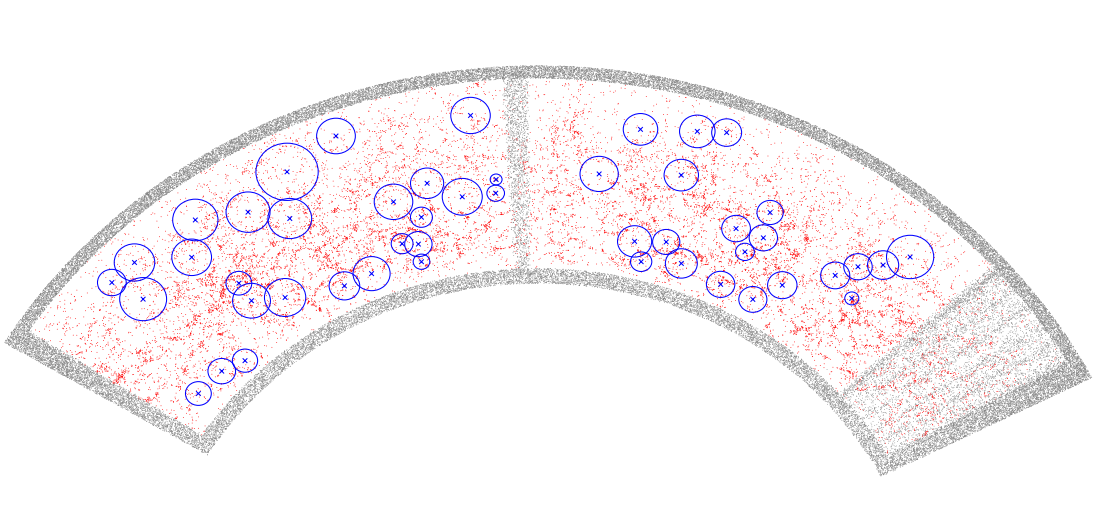
slice of the new void map. Each red point is a galaxy and the blue circles show the locations
and rough sizes of voids. The blue spheres just show the typical sizes of the voids, but not the correct shapes.
Credit: Mao et al.
Click here to return to top of this page

Here is The Delaware Valley Amateur Astronomers
The Dvaa's Image page on Google
The DVAA's astro Photogers page by Google
And here is The dvaa's events page!!
The DVAA's Remote observatory in the Pocono Mountains!






Click here for Observing conditions of the DVAA's remote observatory!
The DVAA's own Galaxiy main page
The DarkHorse Observatory
The DarkHorse Observatory in Kimberton, PA!
The Kimberton Sky CAM

Here is The dvaa's own Wayne reed's astro webpage
Richard Steinberg's special images
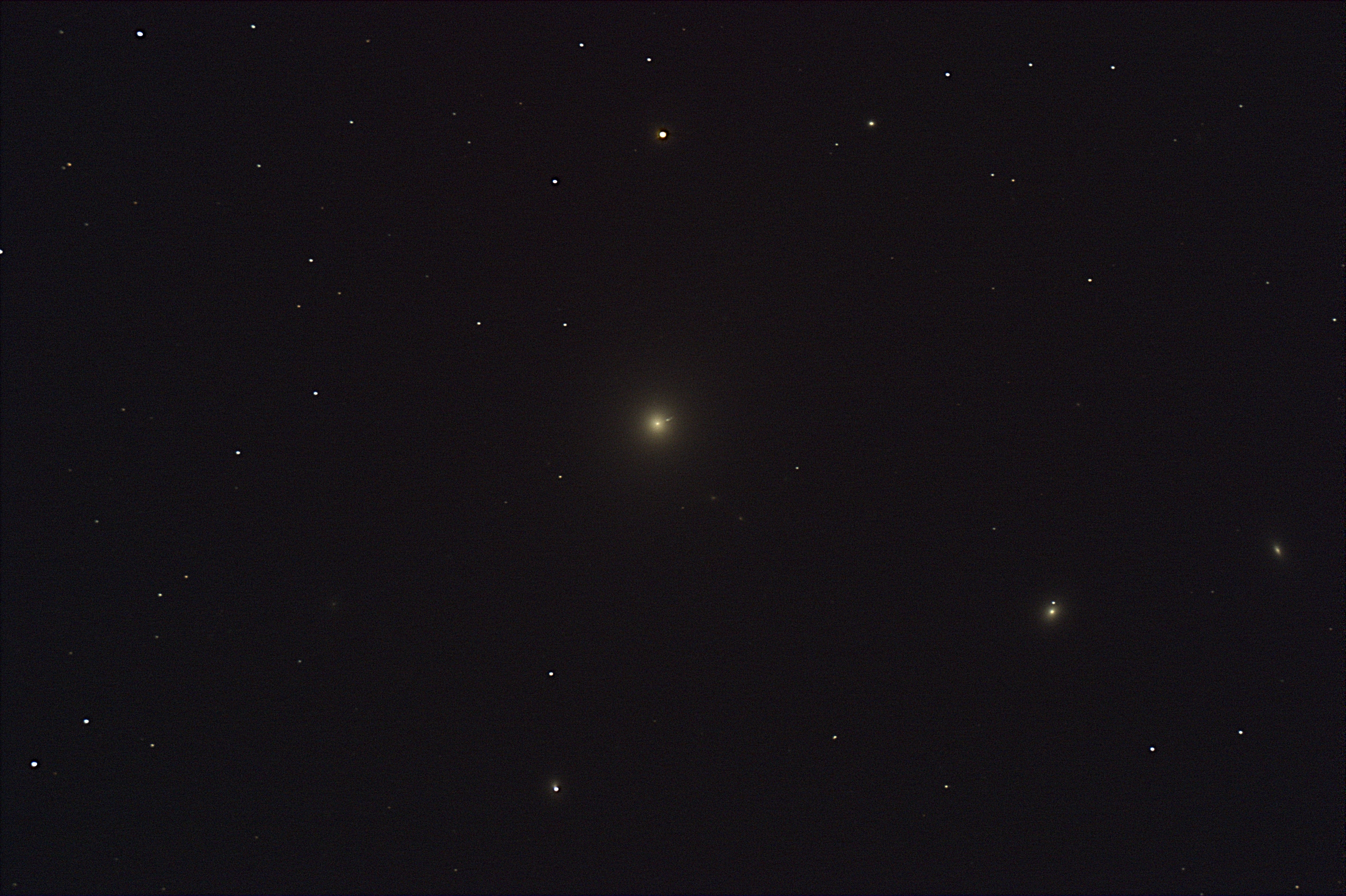
Here's an image of the relativistic jet coming from the (now-famous) super-massive black hole in M87. I took the image a couple of years ago with an NP101 at Frank's Blue Mountain Vista observatory (BMVO). Dick Steinberg Member of the DVAA Comment FROM Maryln Miscalski former member of the DVAA Dick (Steinberg), This is an amazing image! How long was your exposure? Some years ago, I recall that Vince Scheetz attempted to view M87's Jet through the eyepiece with his 20". He had accurate star charts showing the position of the jet relative to foreground stars. As far as I know, his attempts to see it were unsuccessful. I haven't heard of anyone seeing it without the help of long-exposures and CCD technology. DETAILS: The scope was a 12" LX200R, NOT the NP101 previously mentioned. The image was taken from my deck in Penn Valley PA, where I had an AP1200 set up on a pier. This was a year before I installed an entirely new setup in BMVO. After the clouds cleared out around midnight last night (Saturday, March 21), the seeing turned out to be extremely good, near 2 arcsec. Taking advantage of this opportunity I was able to obtain a fairly clear image of the relativistic jet in M87. Regards, Dick Details: 12" LX200R at f/10 - 3049mm focal length Camera position angle 359 deg 50' - north up Image scale 0.53"/pixel Total pixels 3040x2024 (7.8x7.8 microns) FOV 26'40" x 17'43" AP1200 Orion StarShoot Pro one-shot color camera (23.7x15.7mm chip) Maxim DL Pro 5.04 Stack of eleven 2-minute frames (unguided) Digital development processing Fast fourier transform
M87 from the European Southern Observatory
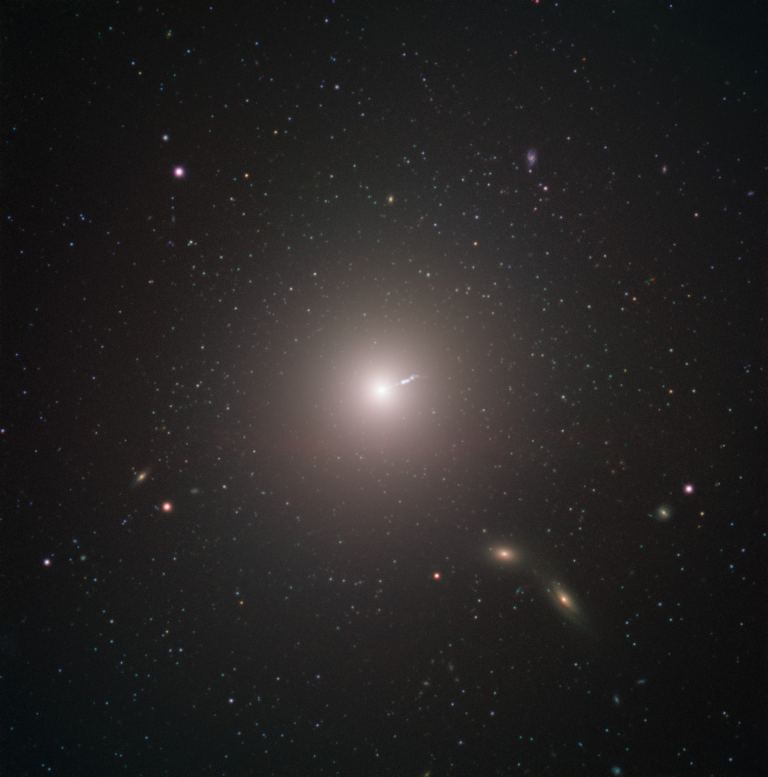
An optical image of the M87 galaxy captured by the European Southern Observatory’s Very Large Telescope. M87* lies at the very center of that bright mass. Image Credit: ESO
M87 Home of the first Black Hole Image
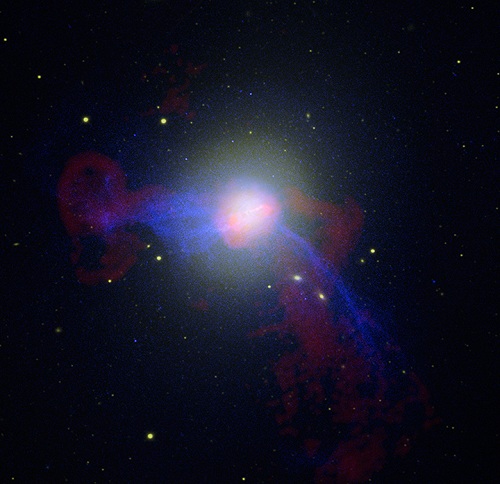
Image: A composite of visible (or optical), radio, and X-ray data of the giant elliptical galaxy, M87. M87 lies at a distance of 55 million light years and is the largest galaxy in the Virgo cluster of galaxies. Bright jets moving at close to the speed of light are seen at all wavelengths coming from the massive black hole at the center of the galaxy. It has also been identified with the strong radio source, Virgo A, and is a powerful source of X-rays as it resides near the center of a hot, X-ray emitting cloud that extends over much of the Virgo cluster. The extended radio emission consists of plumes of fast-moving gas from the jets rising into the X-ray emitting cluster medium. Credit: X-ray: NASA/CXC/CfA/W. Forman et al.; Radio: NRAO/AUI/NSF/W. Cotton; Optical: NASA/ESA/Hubble Heritage Team (STScI/AURA), and R. Gendler.
Member Richard Steinberg's webpage of astrophotos..
Another one is The Ches mont Amateur Atronomers
Another one is The Bucks Mont astronomical association
And here is The Lehigh Valley Amateur Astronomers
A new local (to the Philadelphia area) Amateur Astronomer club Welcome to Coyle Field Astronomers!
And the Astro group Based at the Franklin Institute, the Rittenhouse Astronomical Society!
These folks create educational astronomy simulations: Contempory Laboratory Experinces in Astronomy (CLEA)
Another source for Astronomical Information: Astronomy HyperText Textbook
Good index of astronomy resources: Ames Area Amatuer Astronomers
Astronomy Education ResourcesAstroed
This is the main page for Astronomical quizes it's The Solar System Net
This section for CLEAR DARK SKY PREDICTIONS from
www.cleardarksky.com
Here is the latest Clear dark sky forecast for the dvaa's observatory
The Parking lot of Francis E Walter's DAM
THe DVAA'S remote observatory
Here's the state site, which has directions and weather to Cherry Spring State Park
Click here for: Here's an interesting page about Cherry Spring from upstate astro:
And here for the BFSP site:
Here is the Starcount project!
Here is the DVAA's dark sky locations
Here is the DVAA LINKS PAGE
Here is the Images by members of the dvaa gallery
Here is the web site of The Delmarva Stargazers!!
On March 13, 1998 the DVAA visited the Eastern College Astronomy
department, The following web site is their web site!
Eastern College's Astronomy department
 �
�